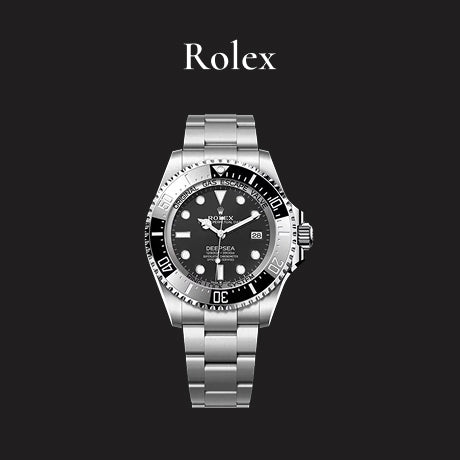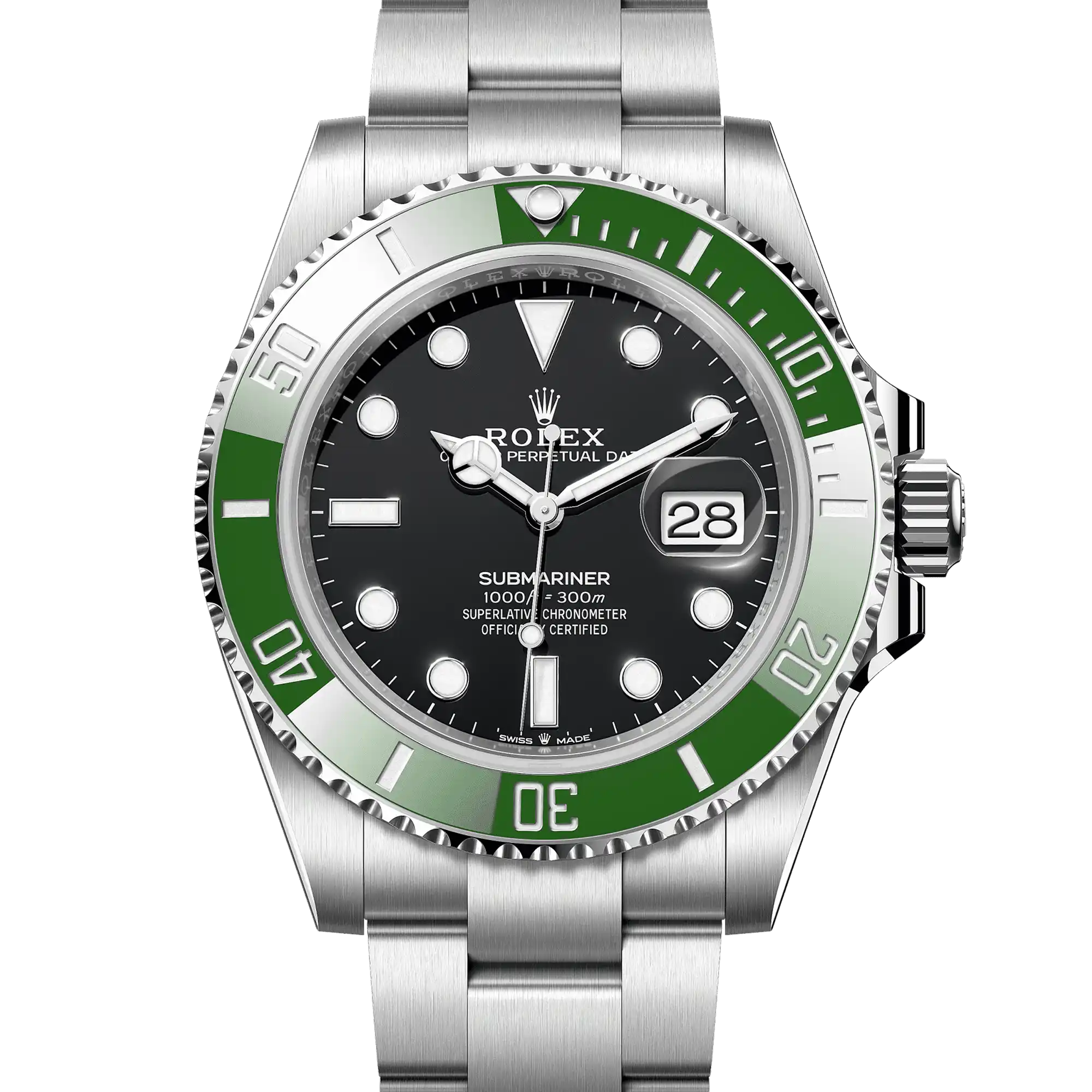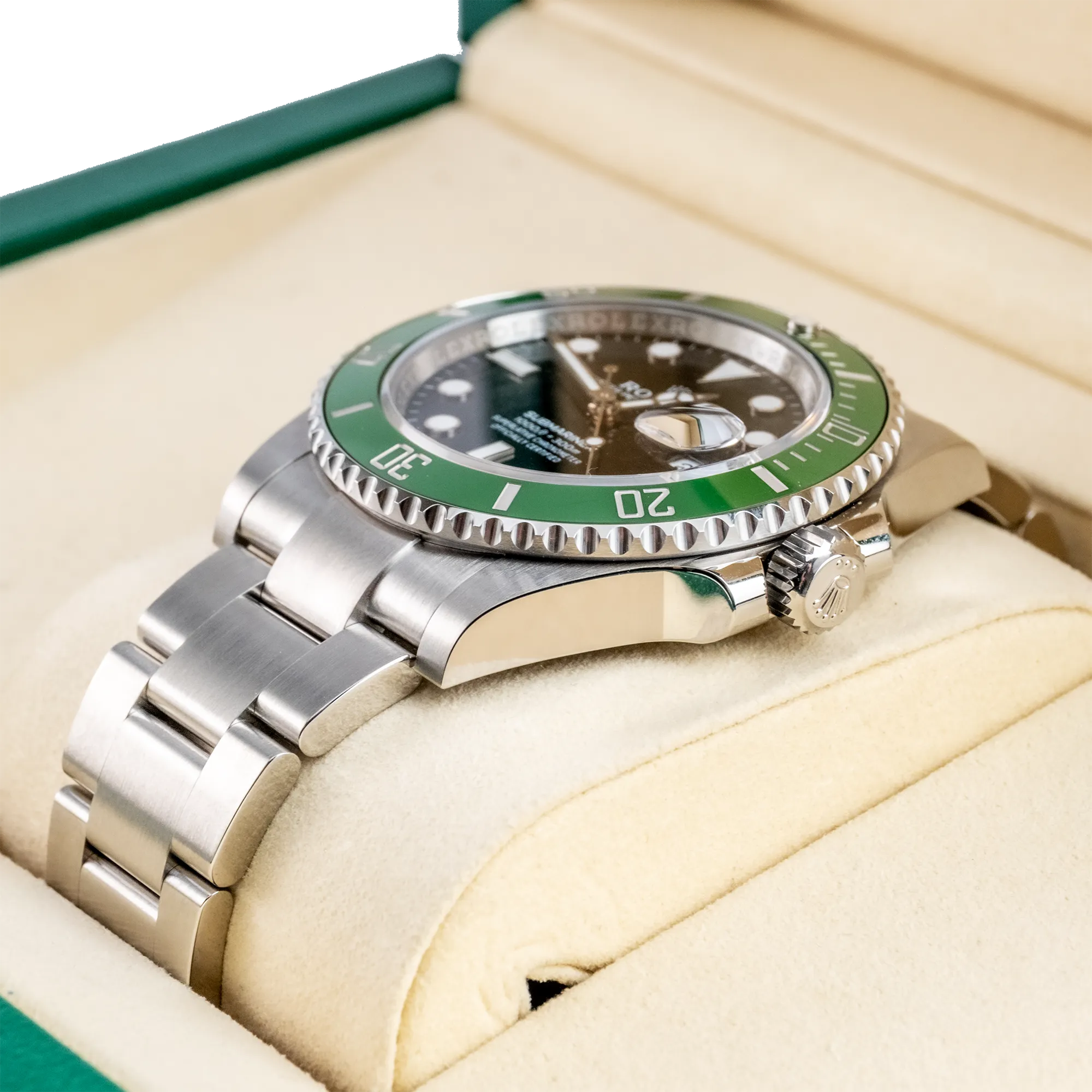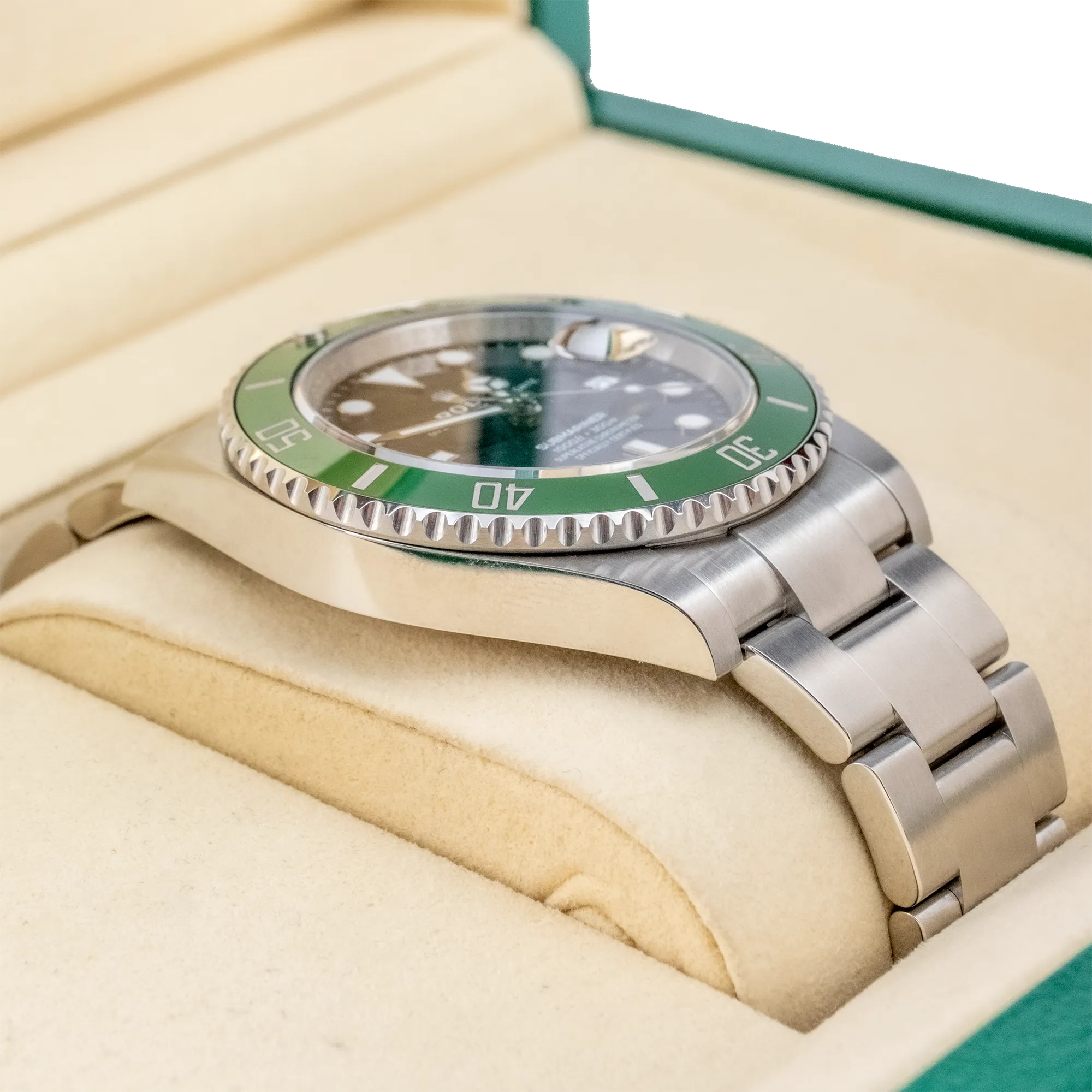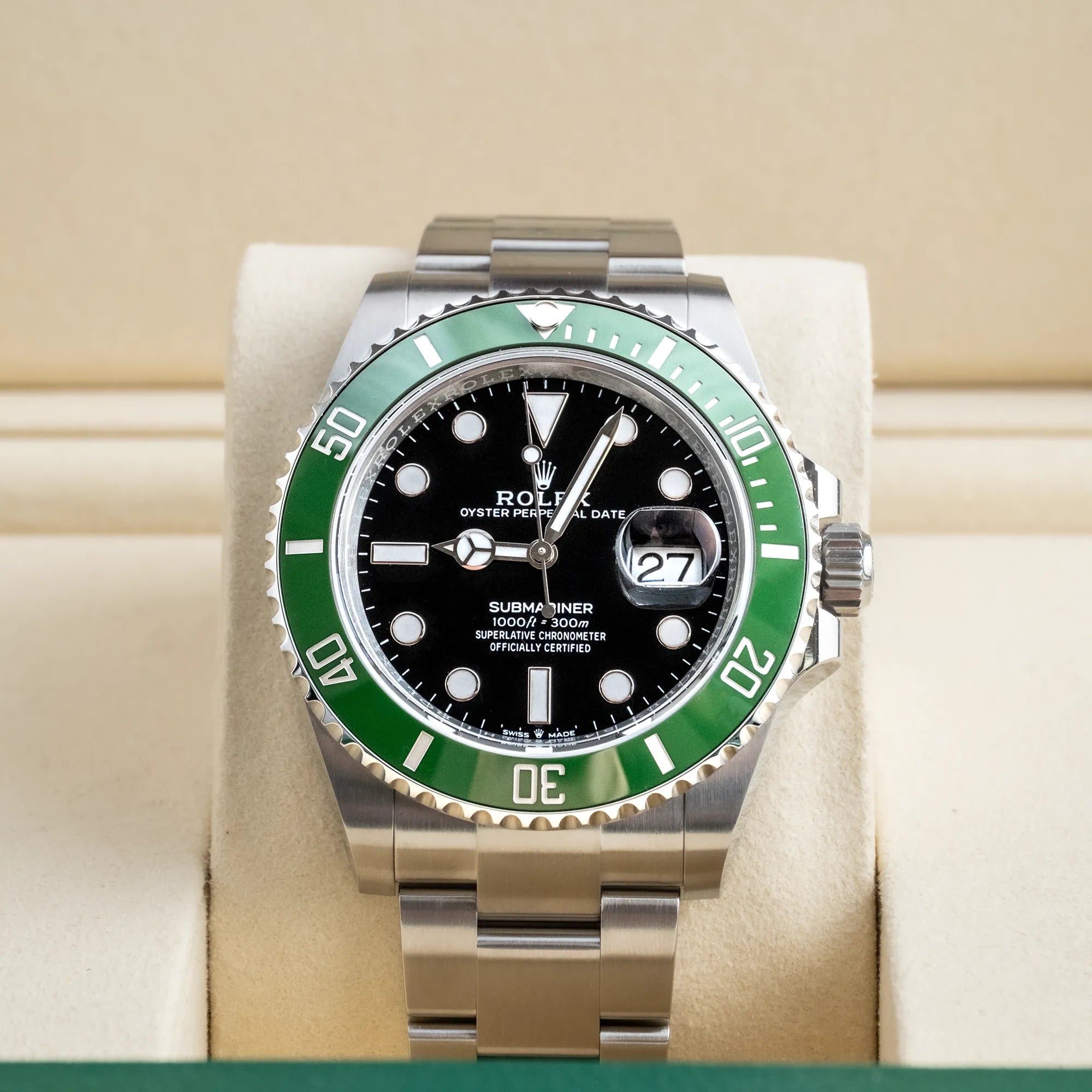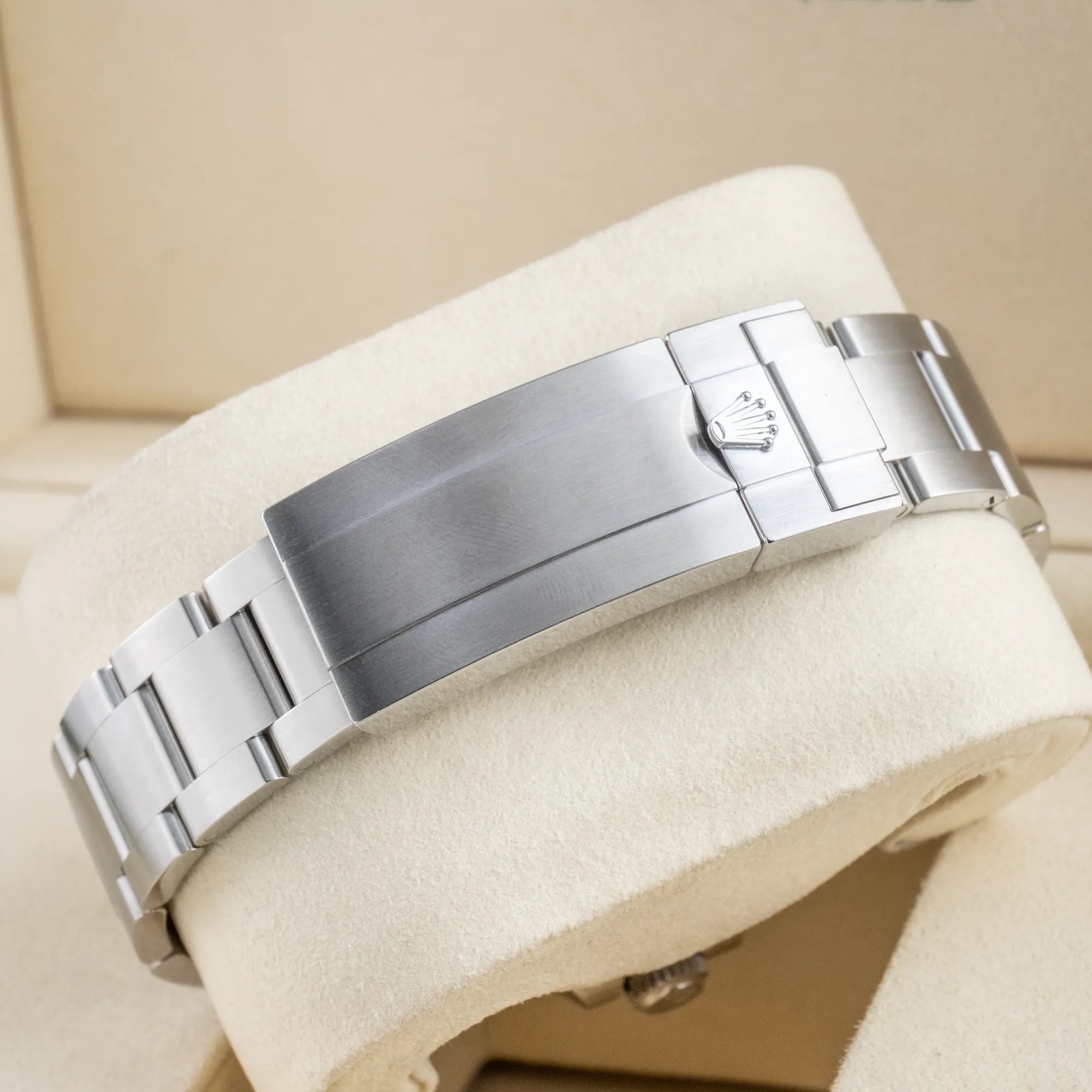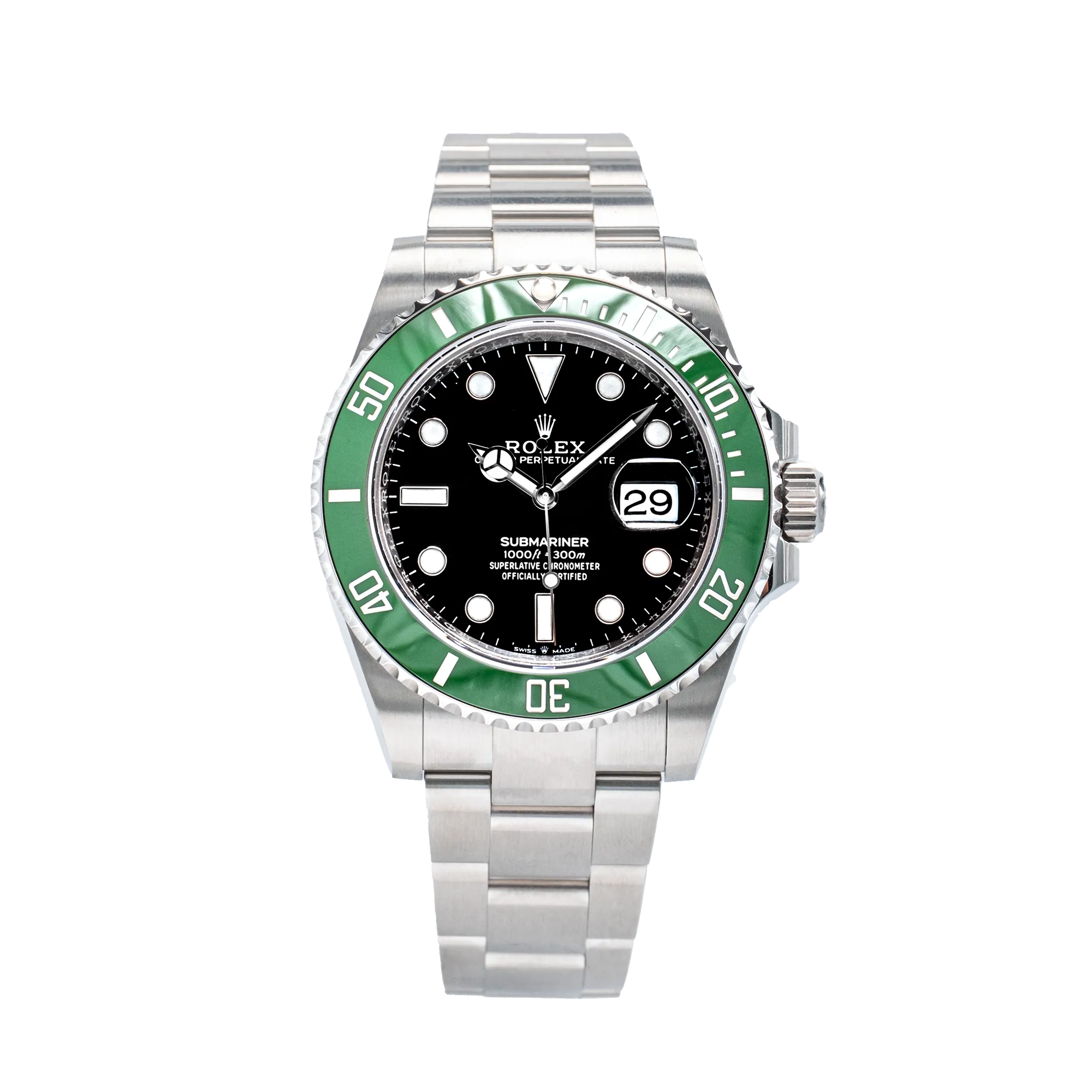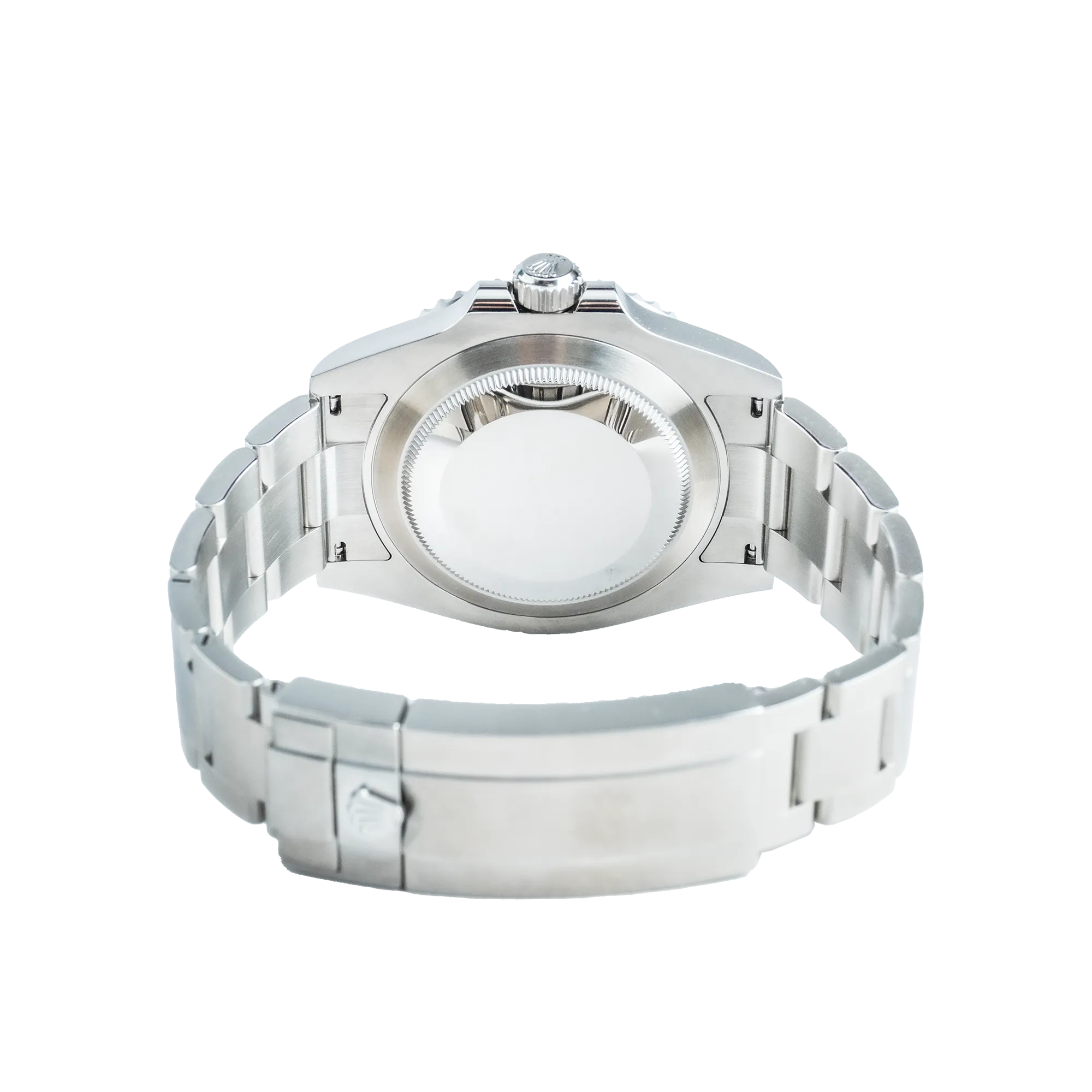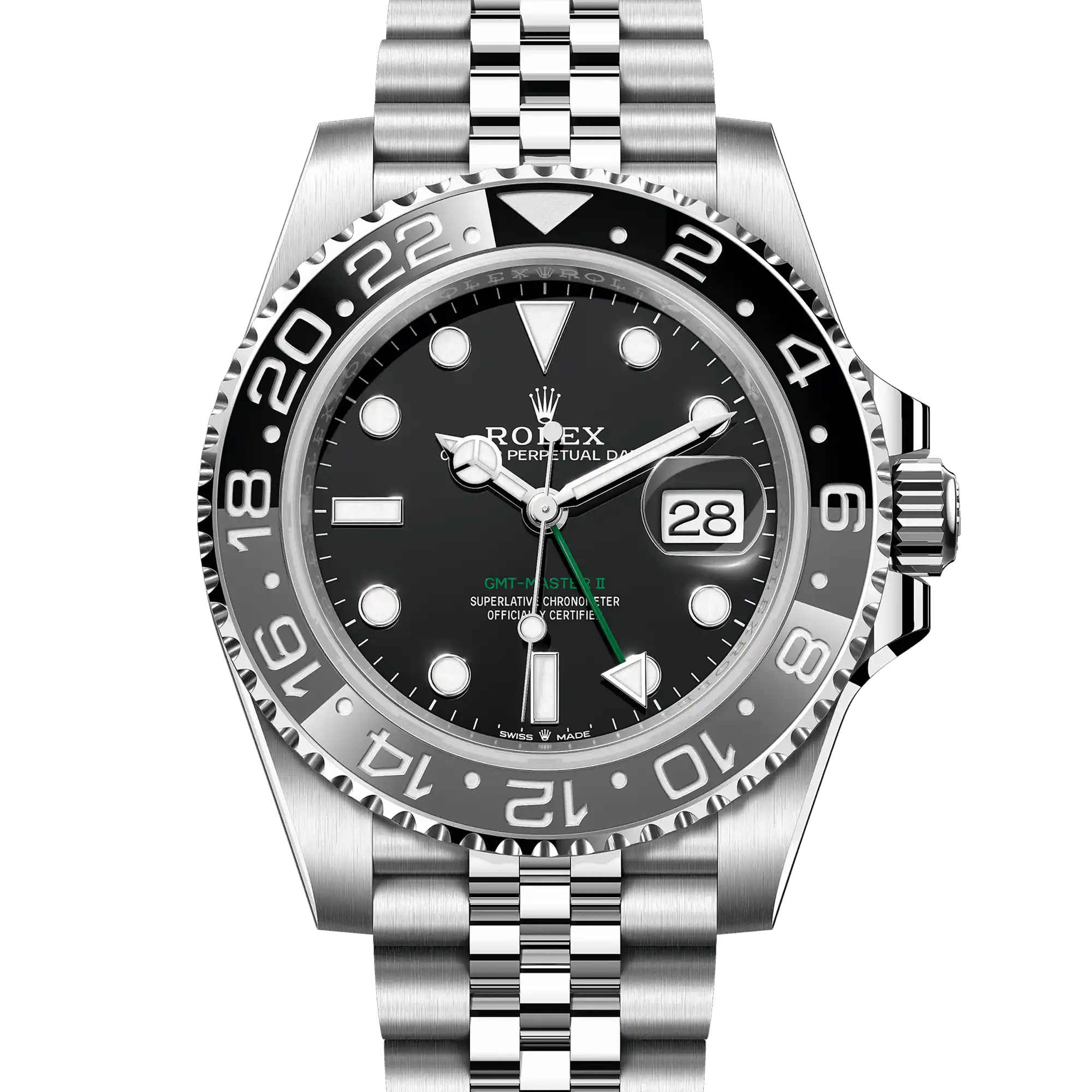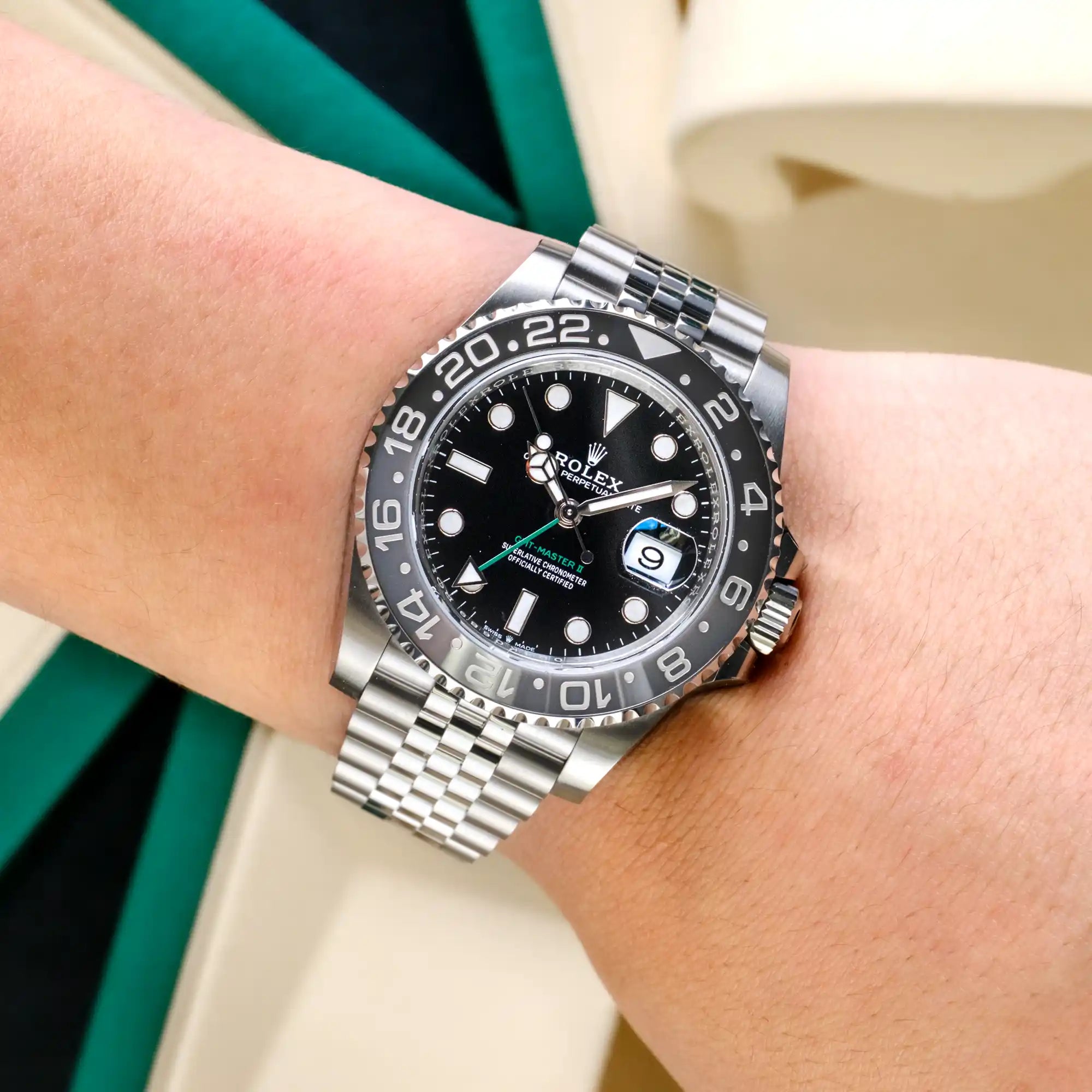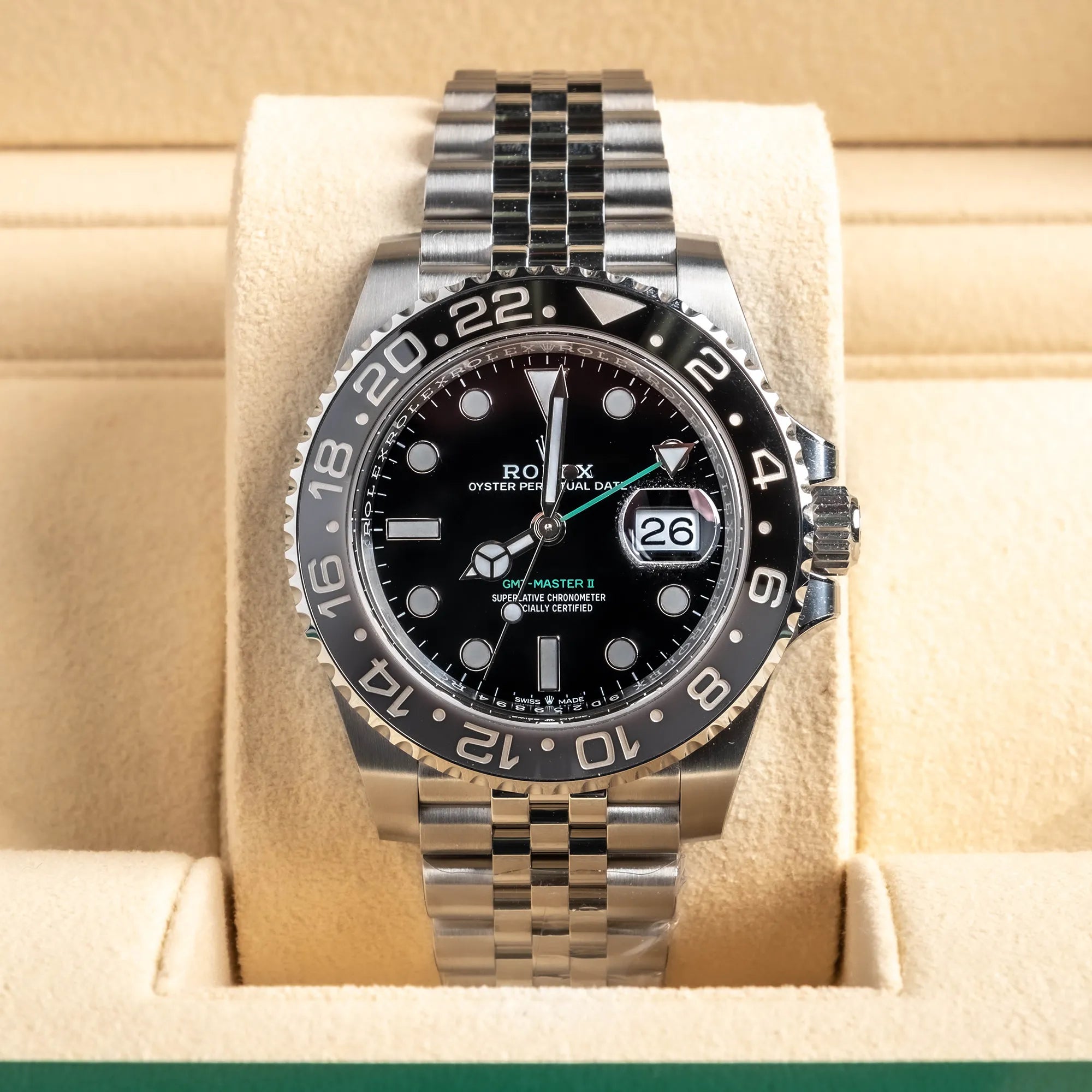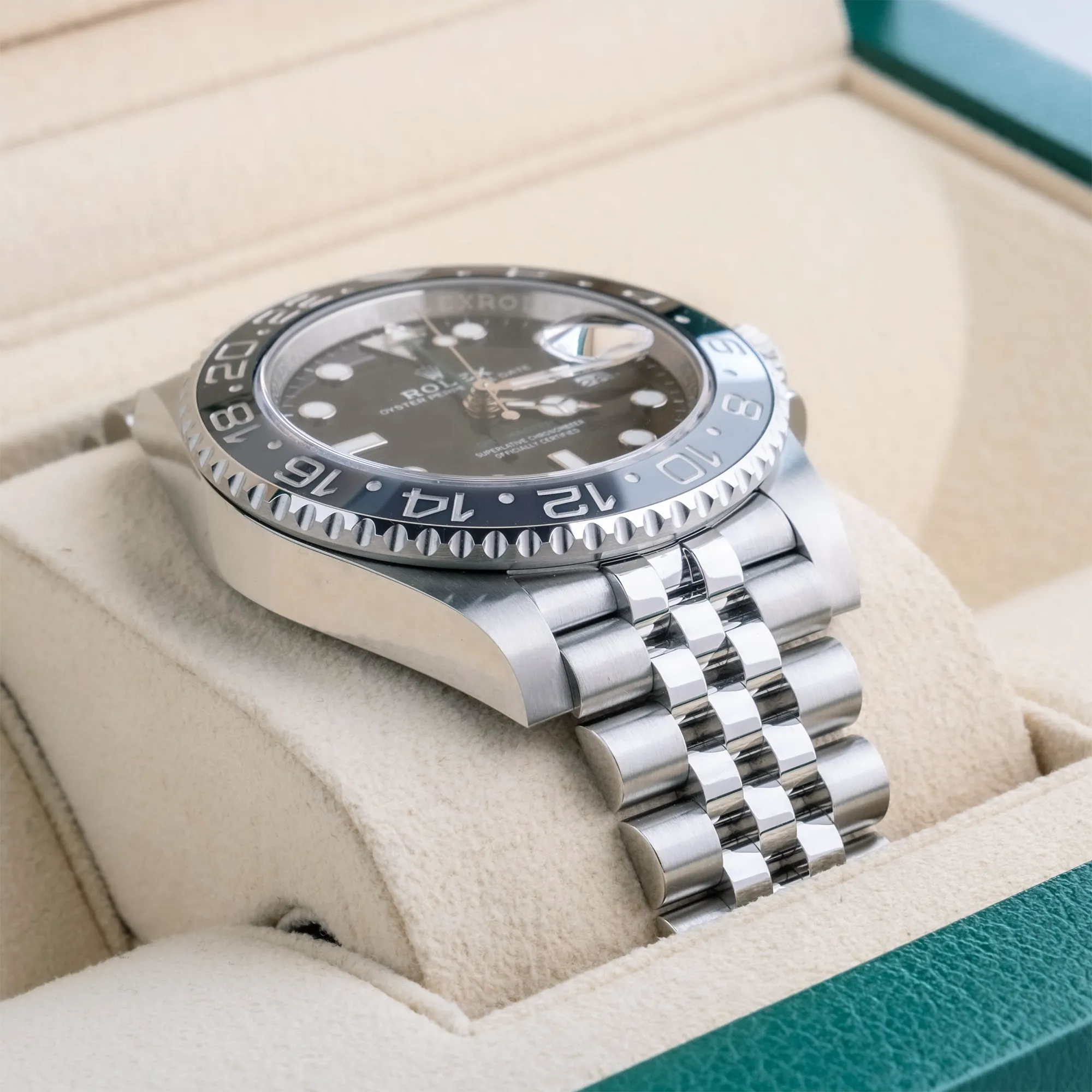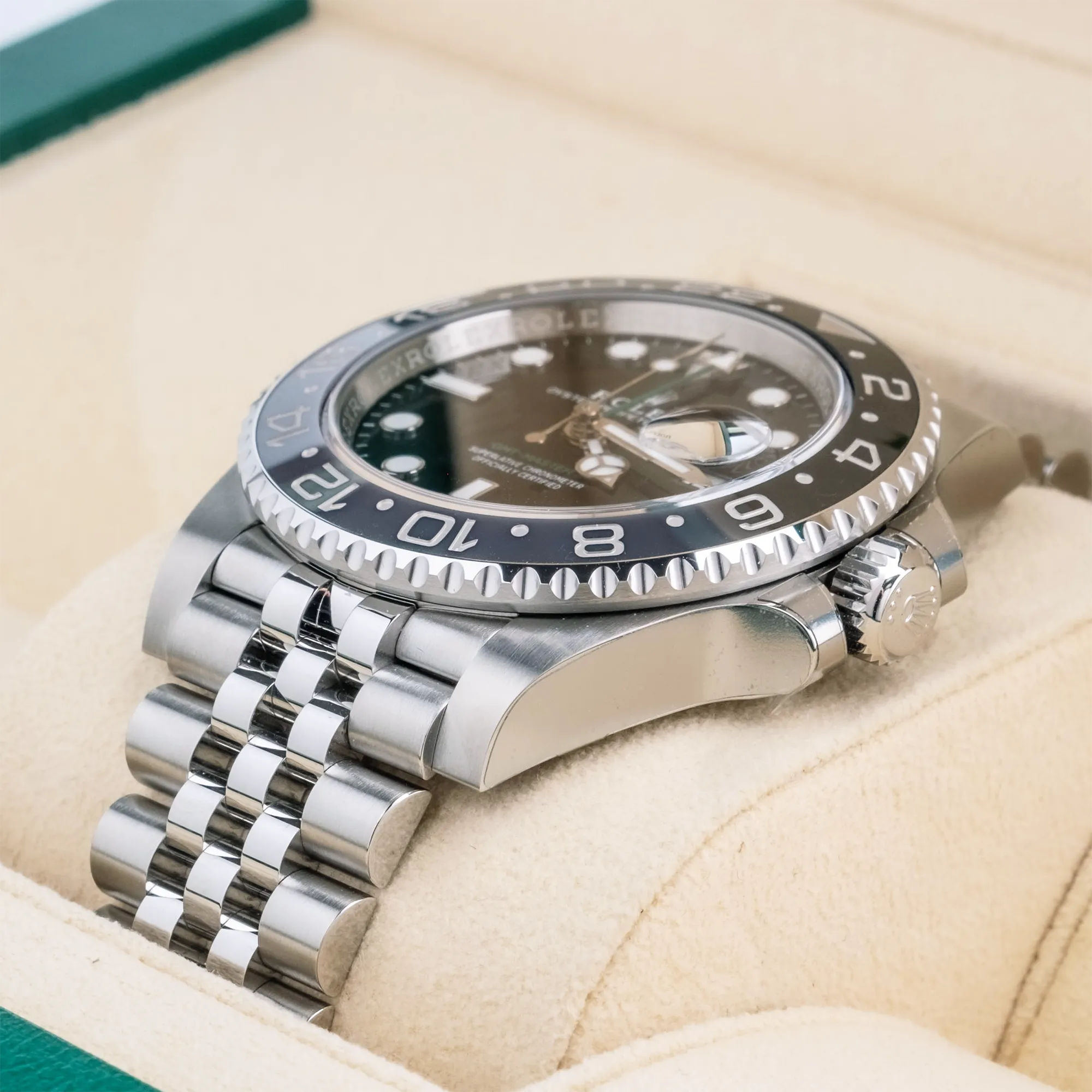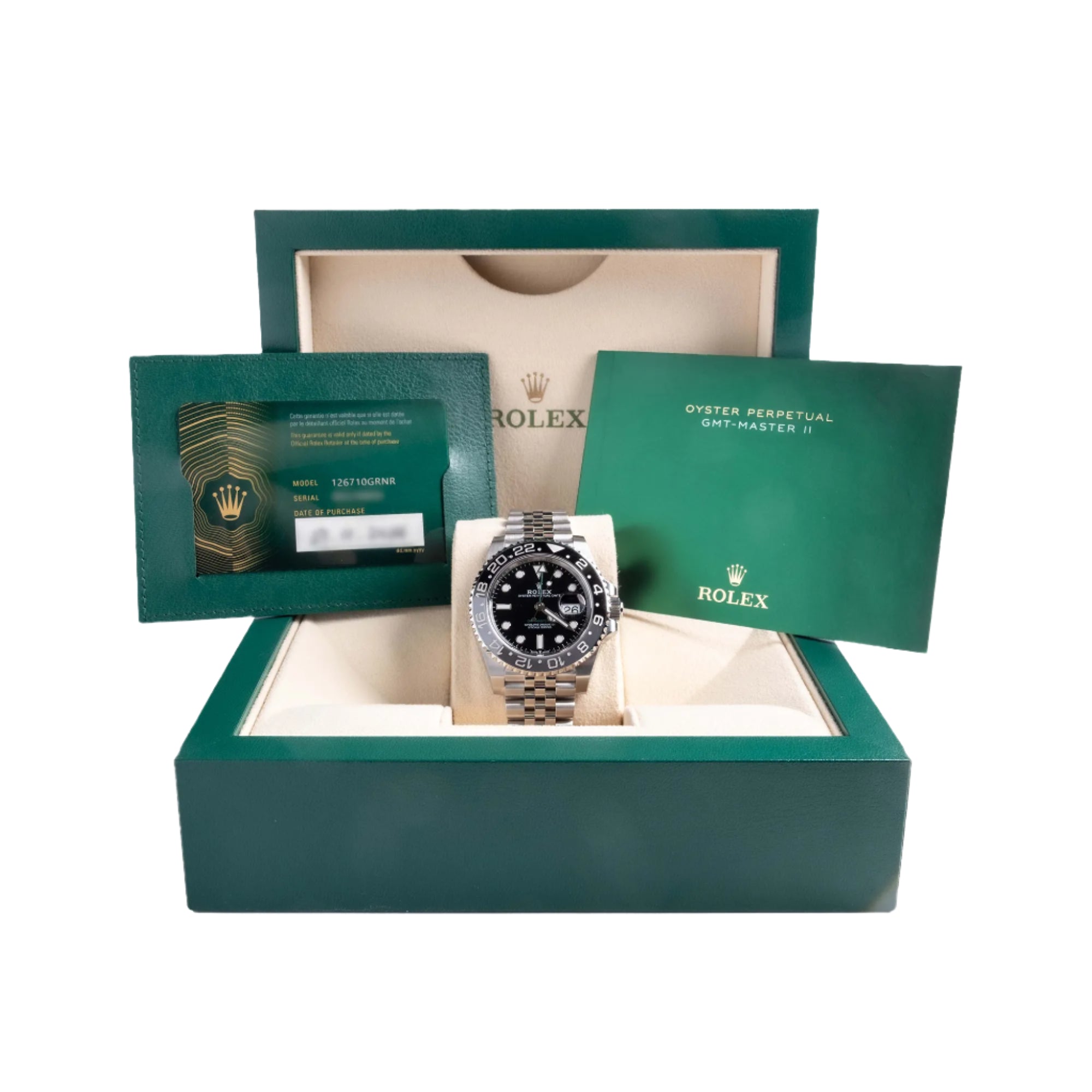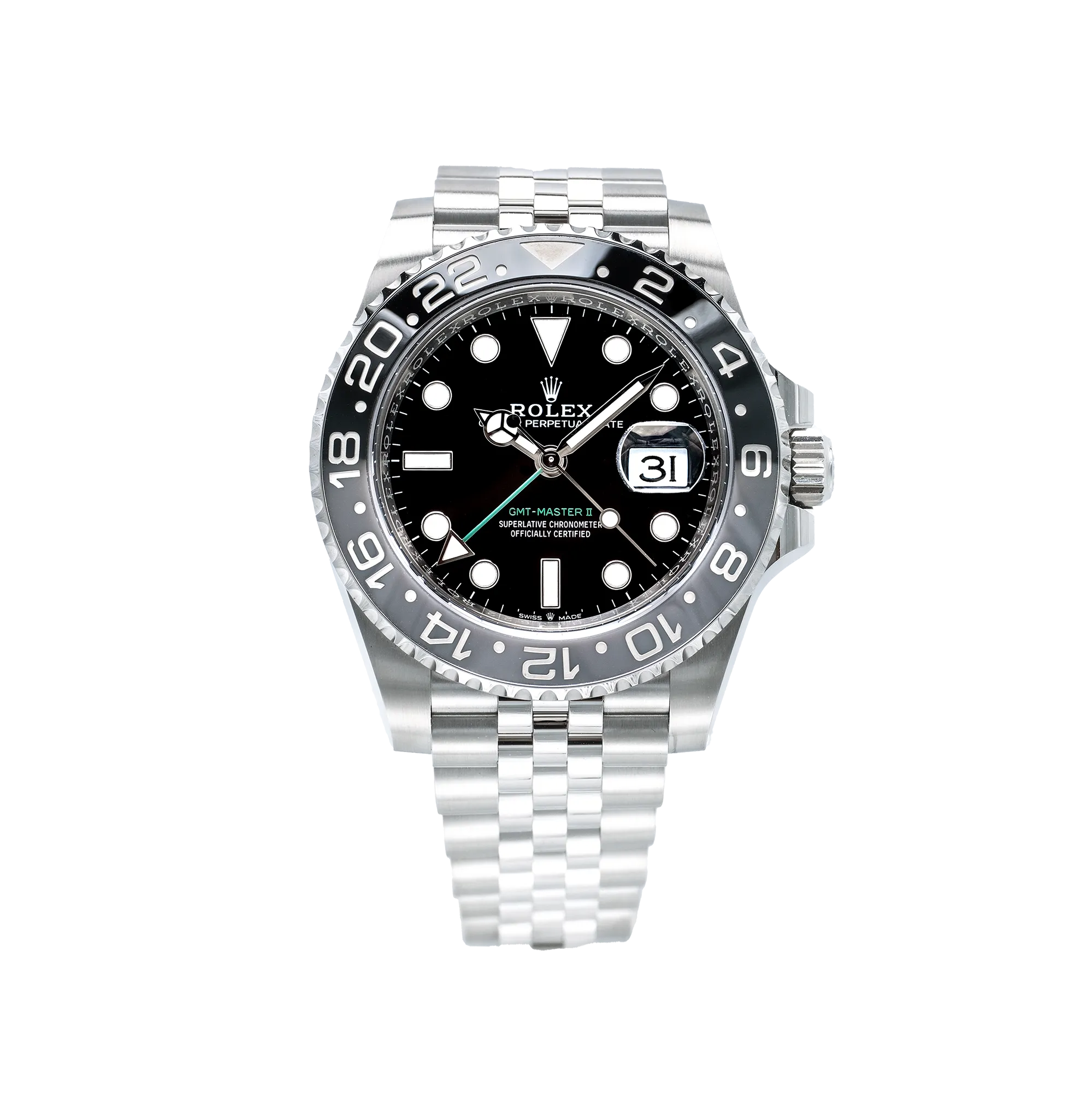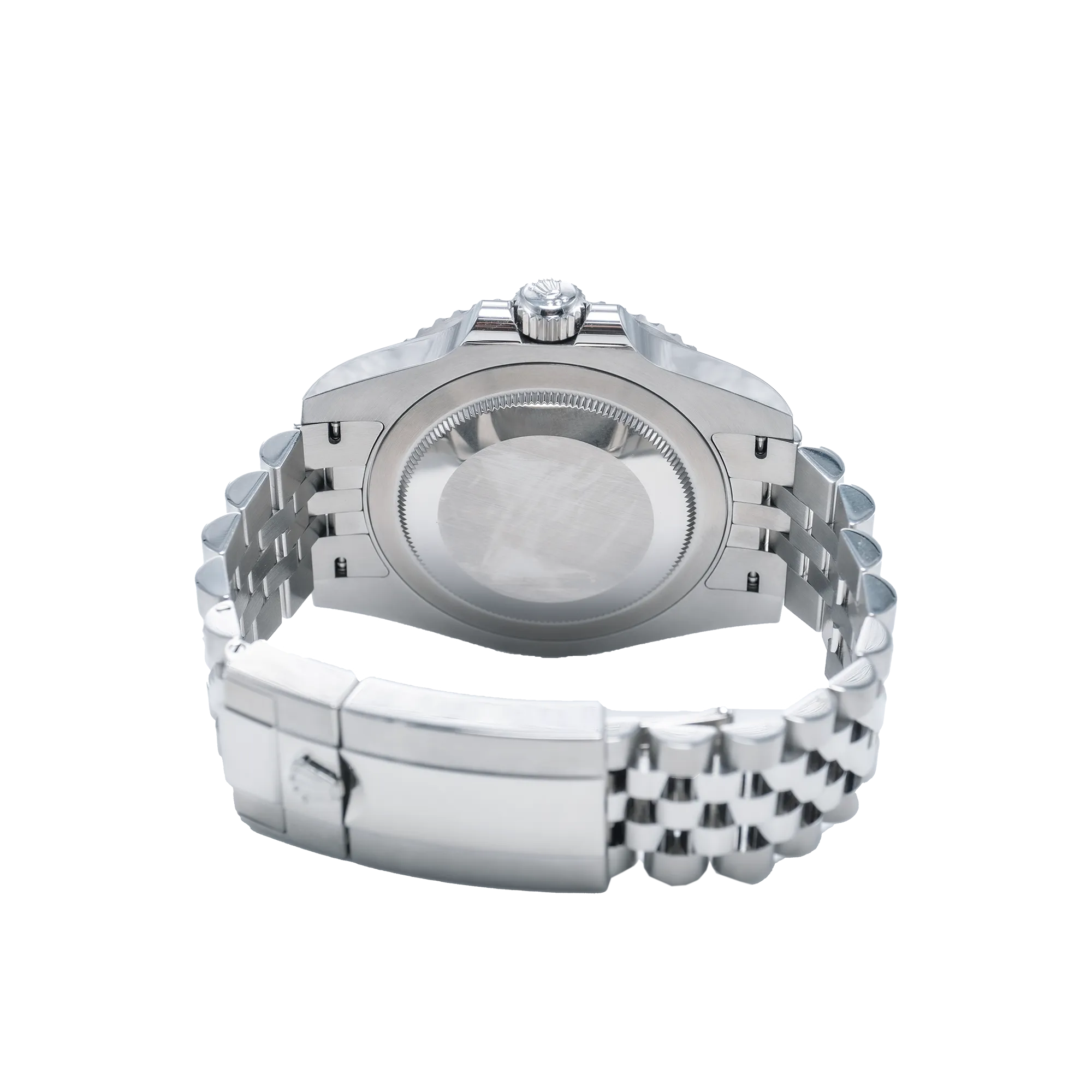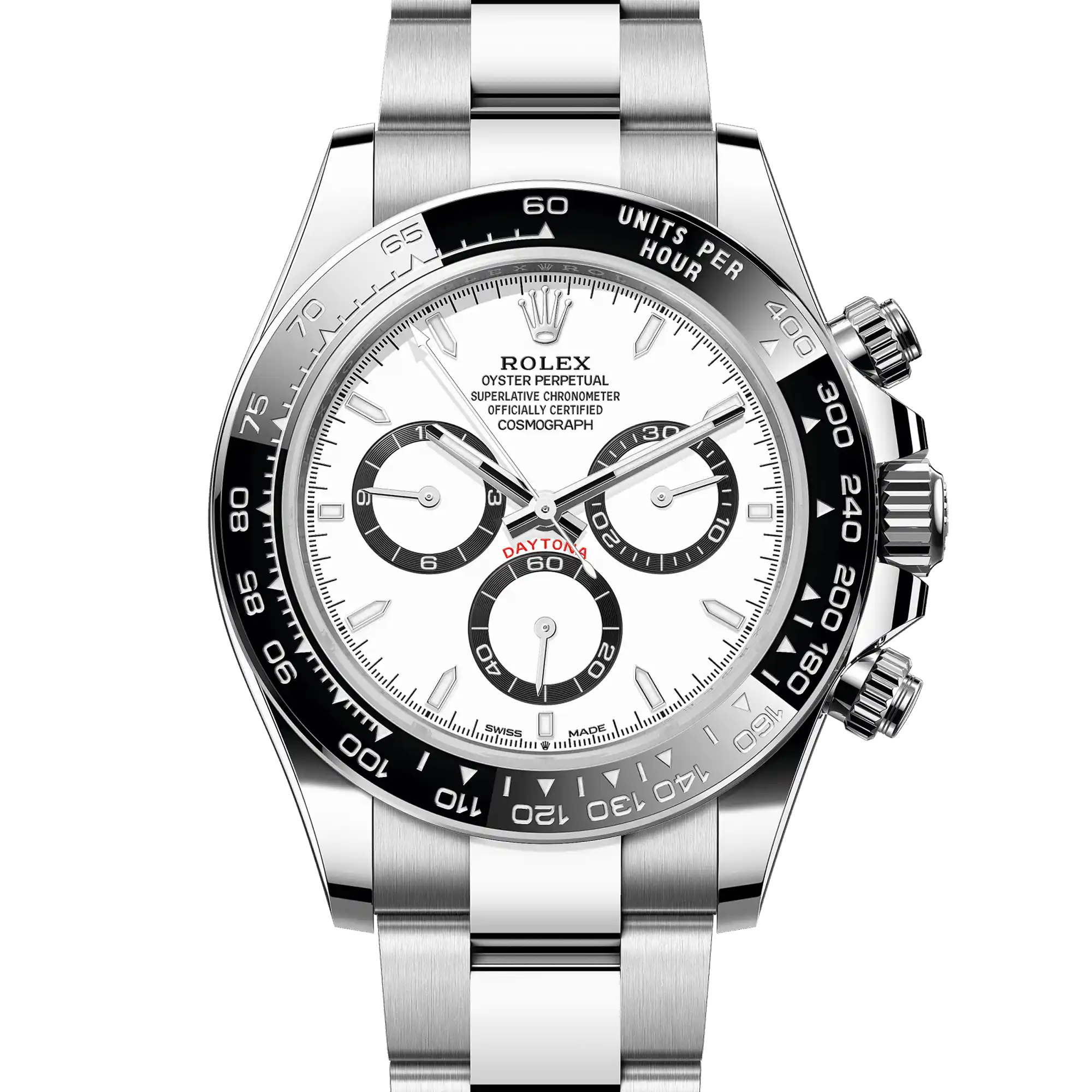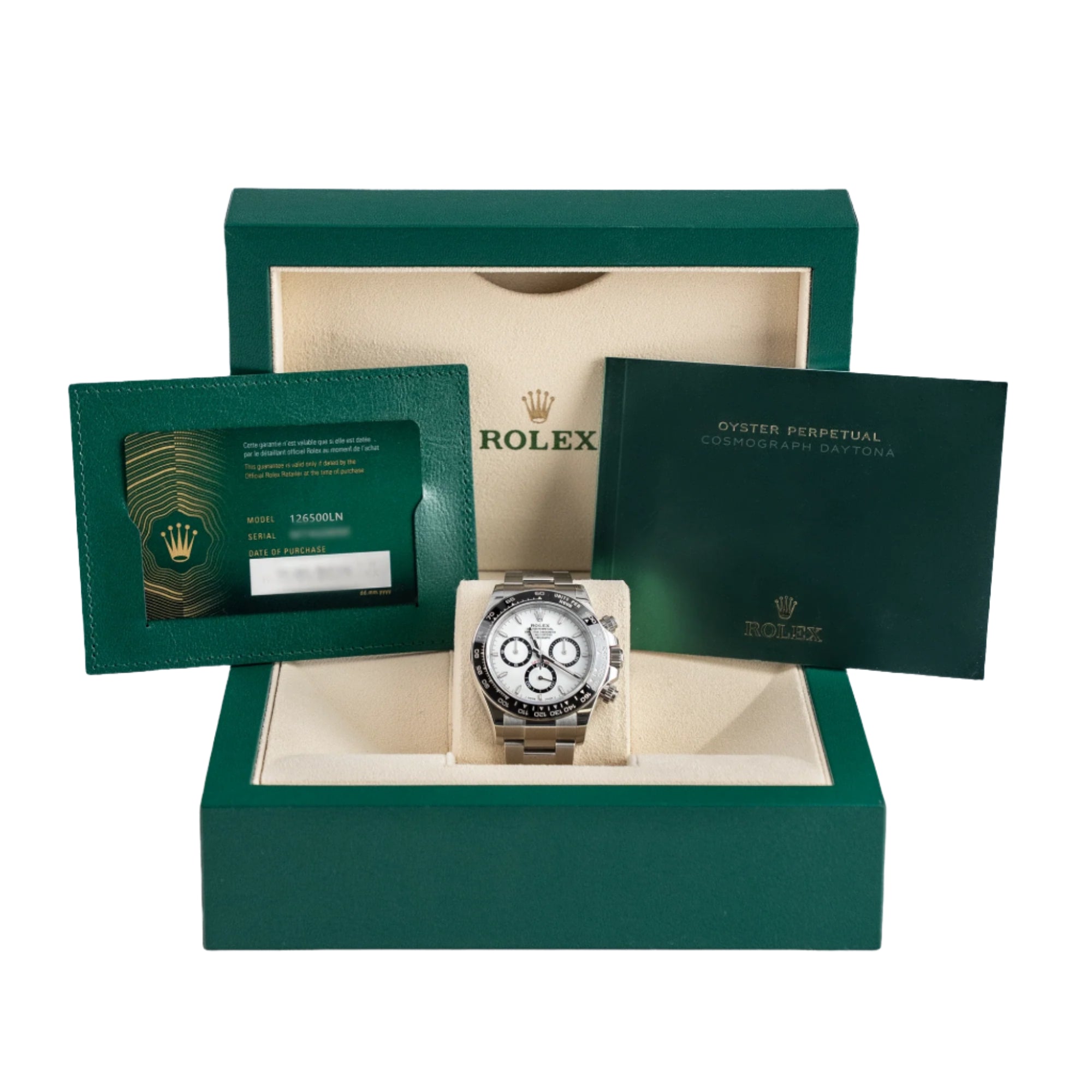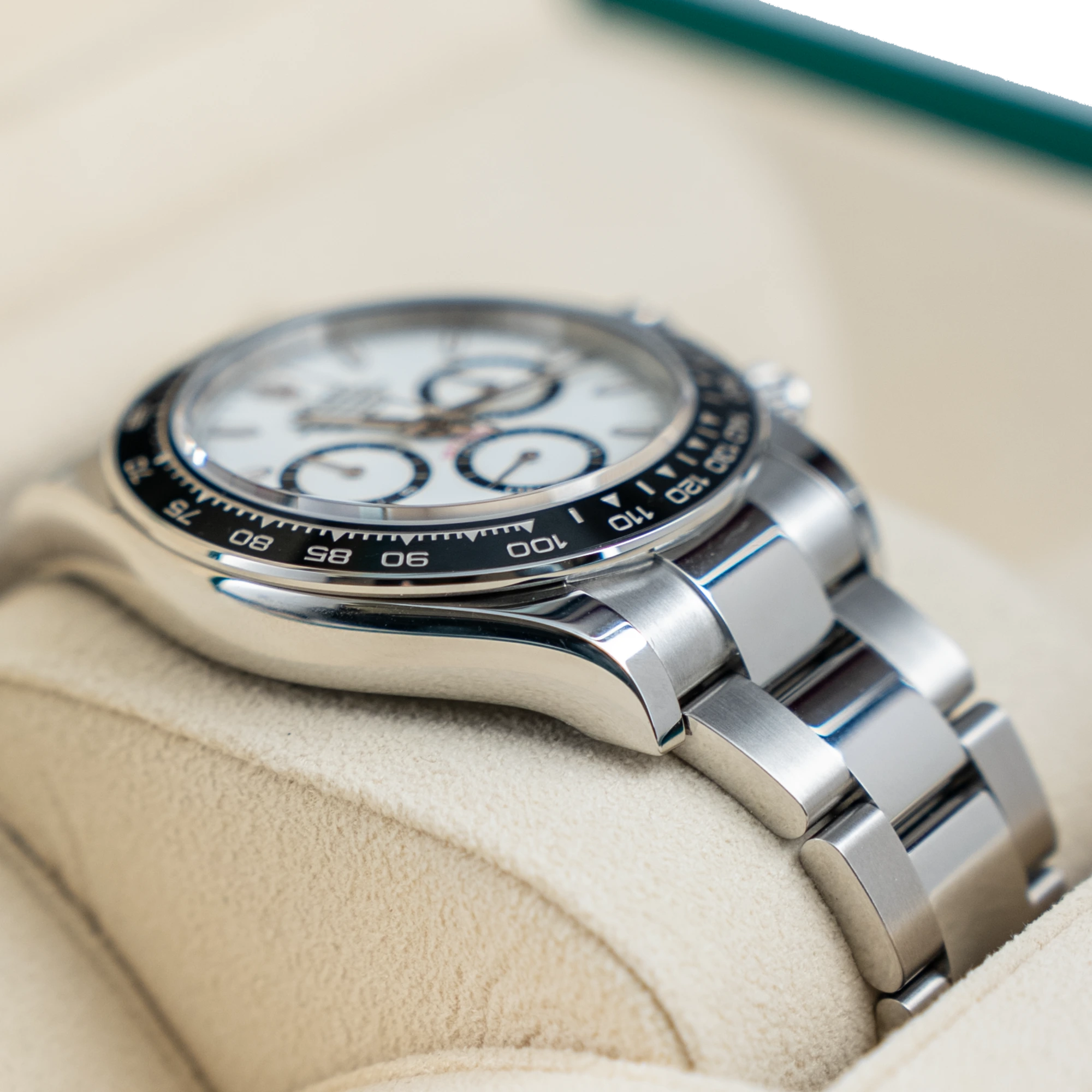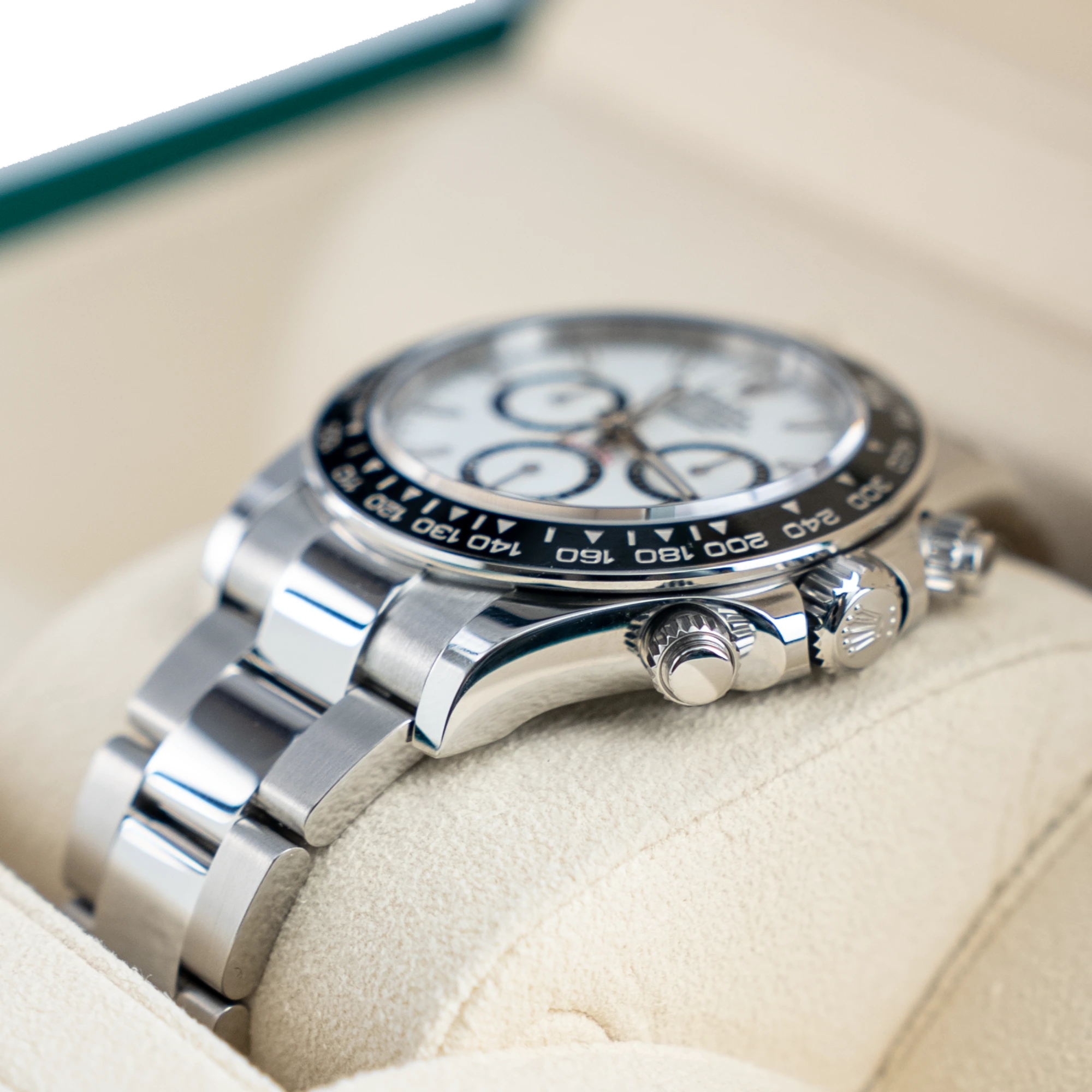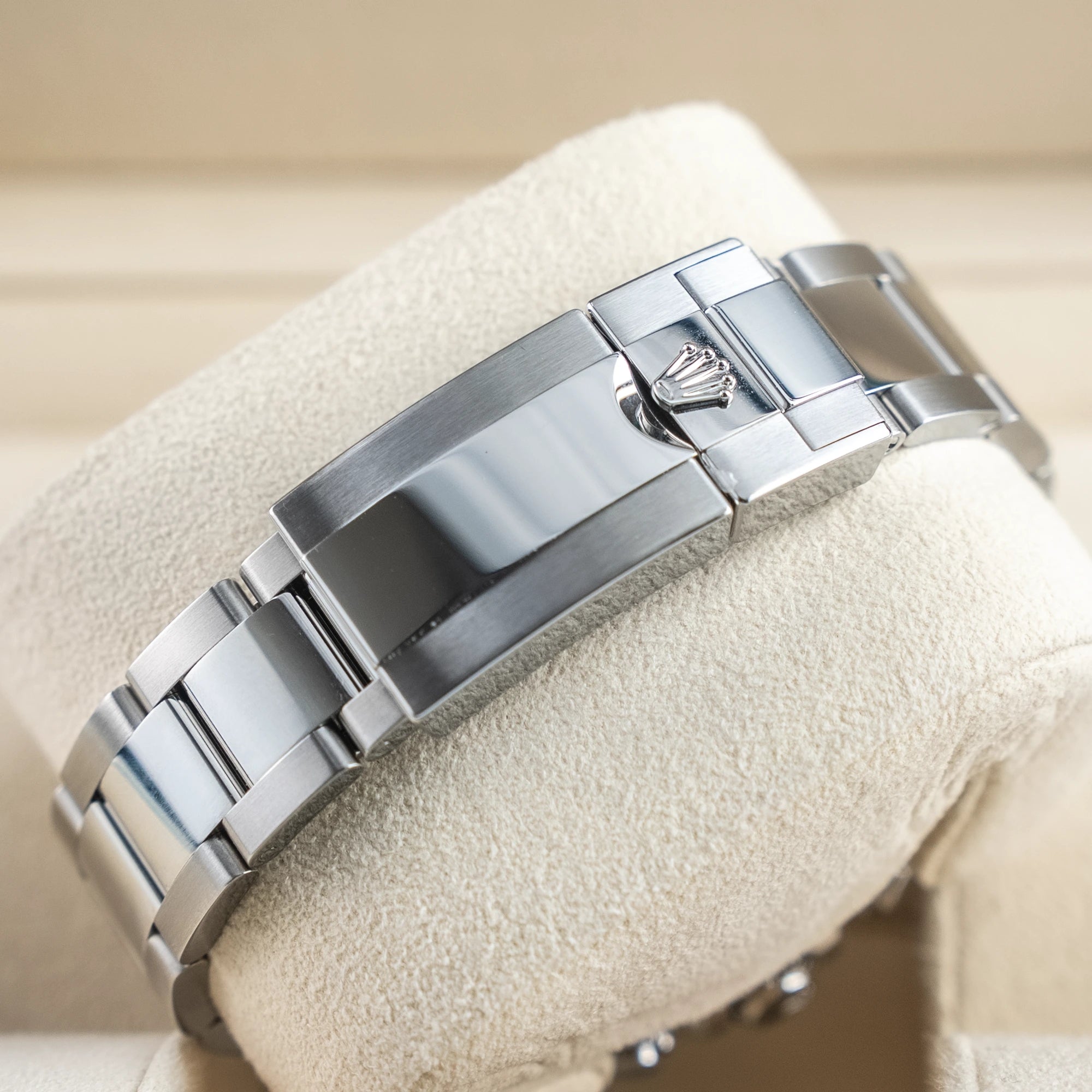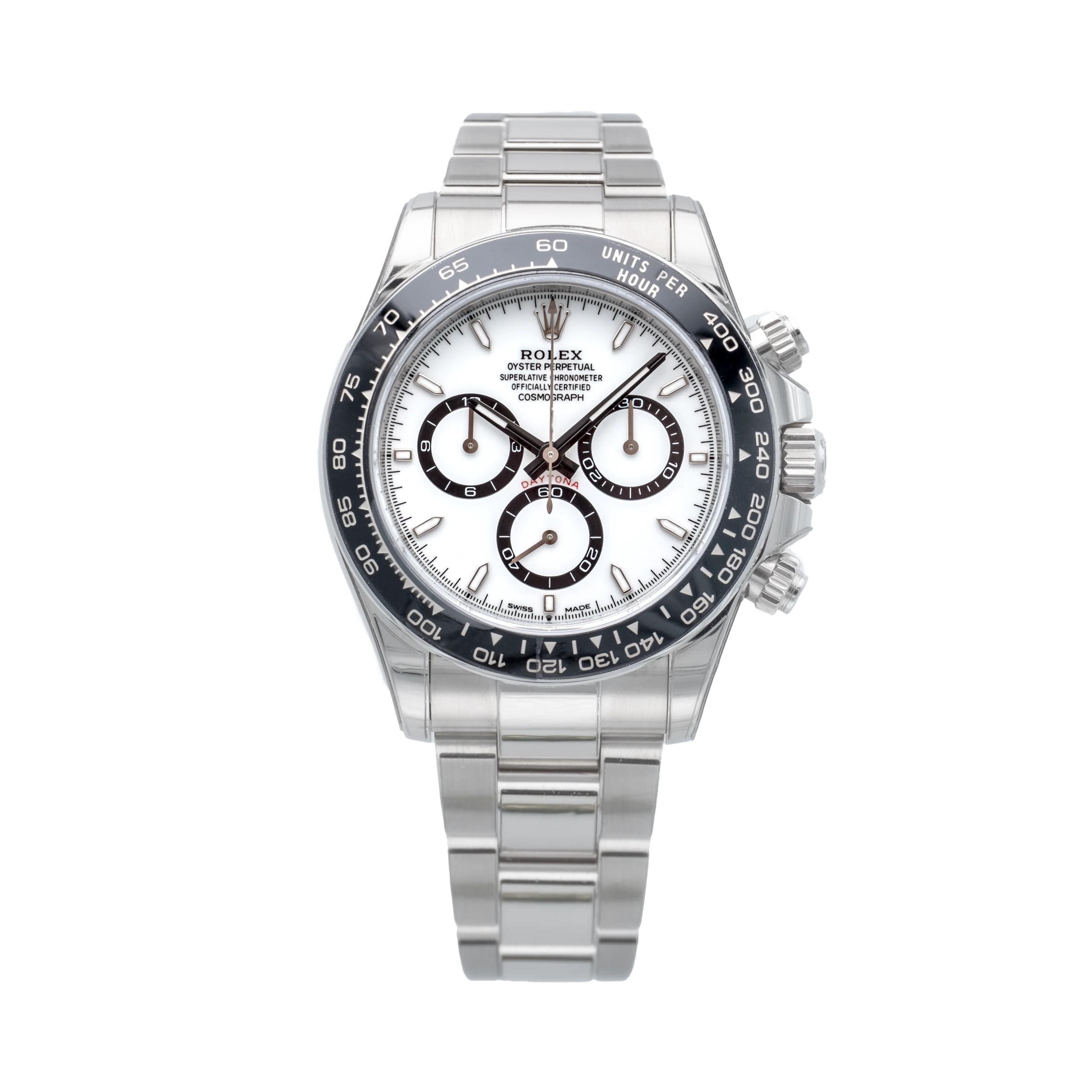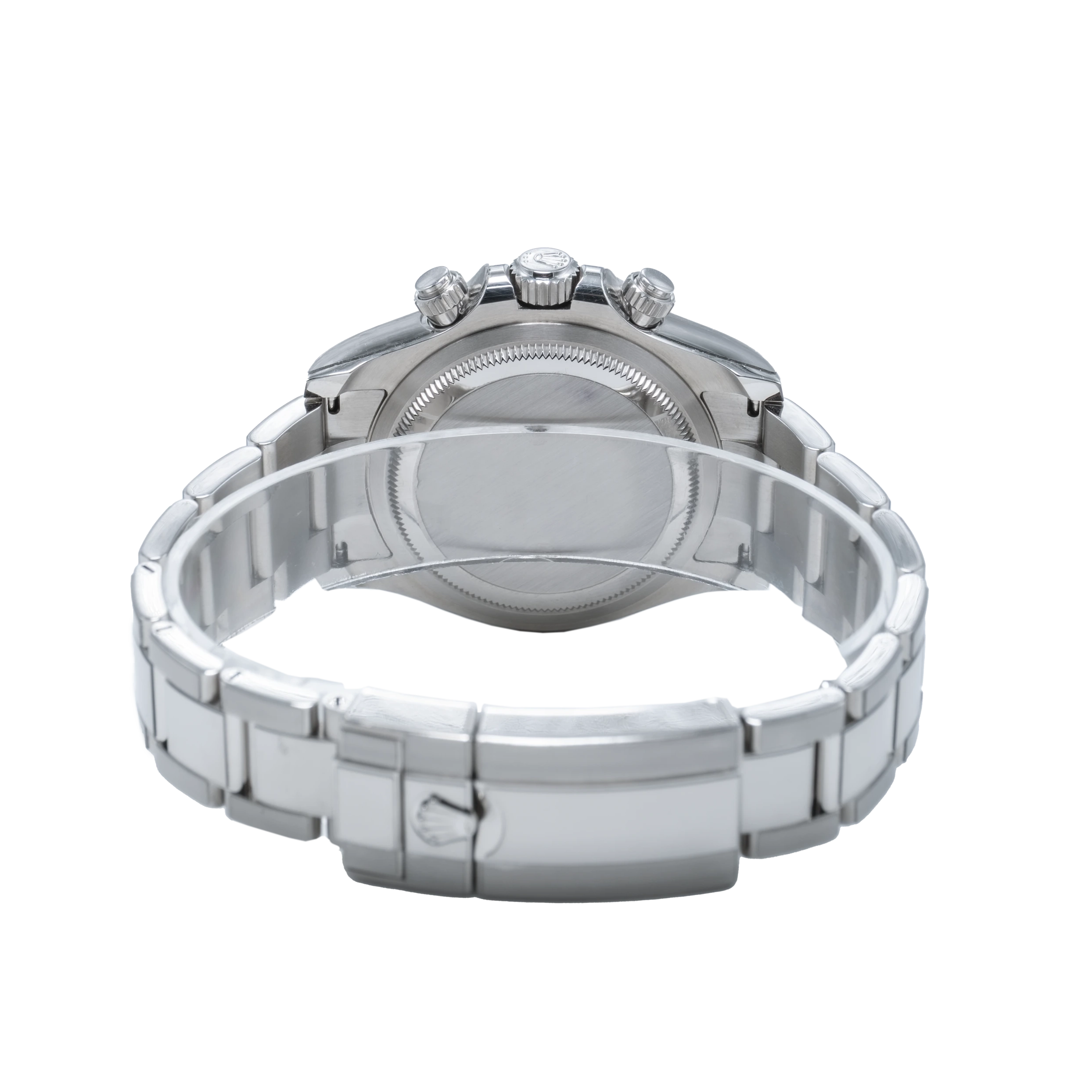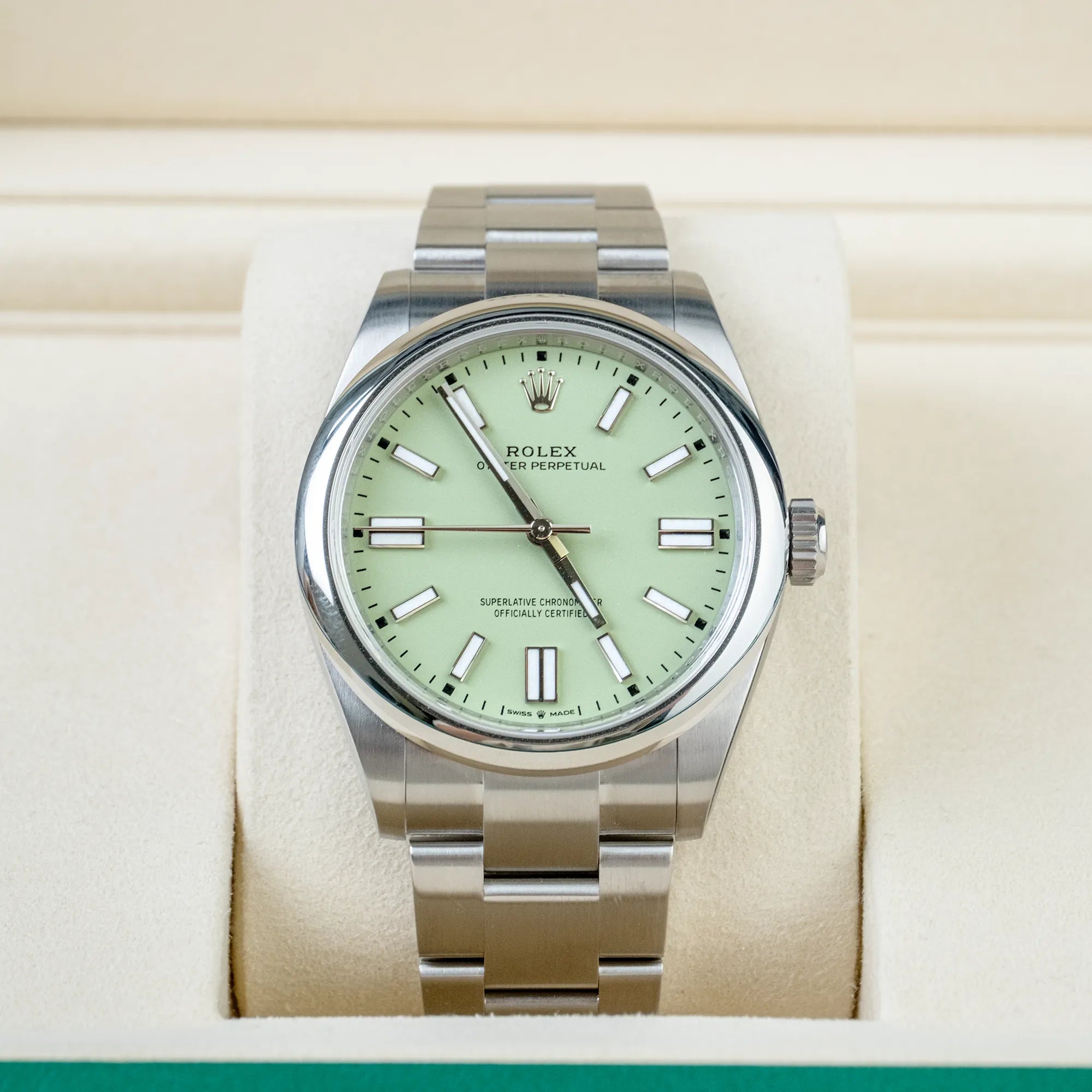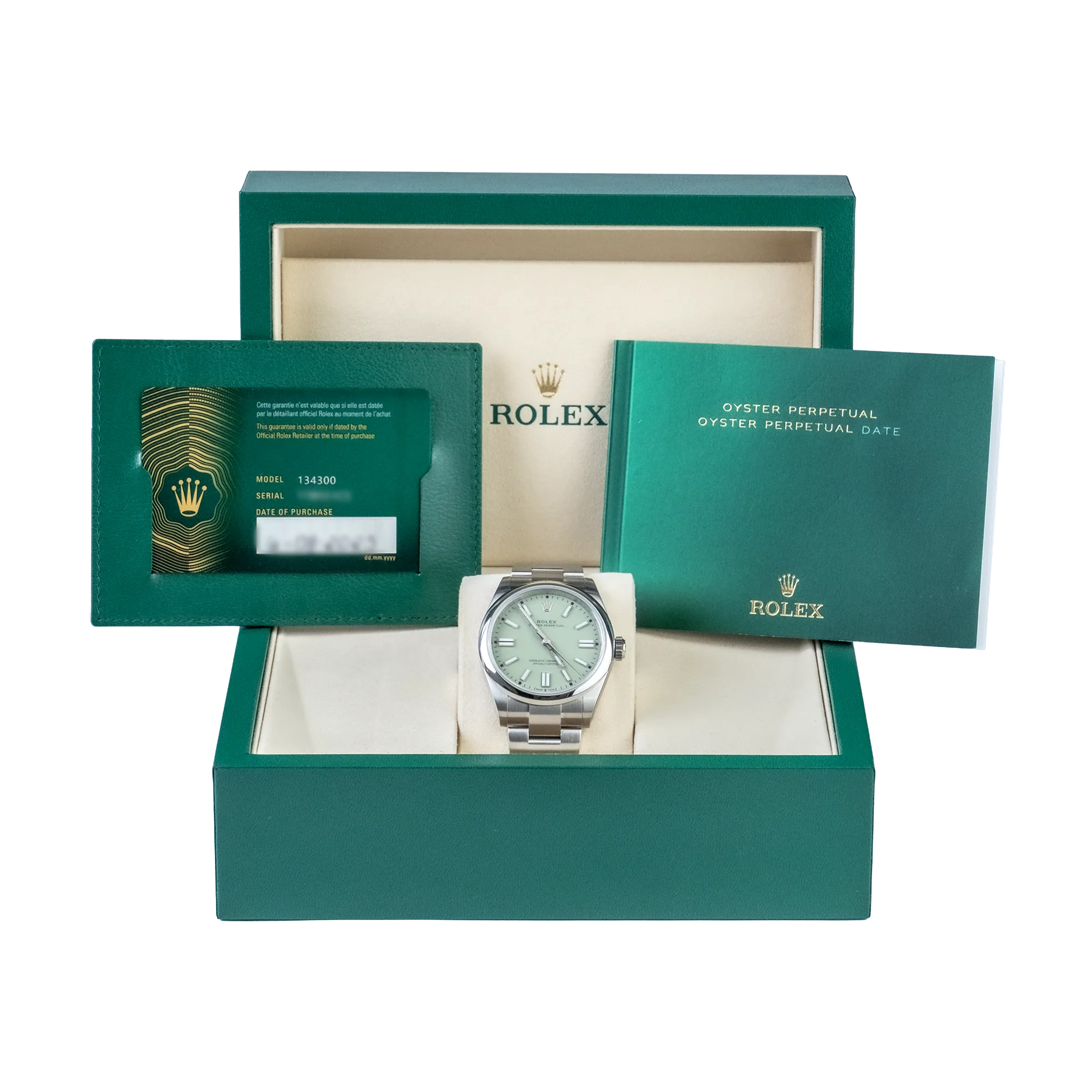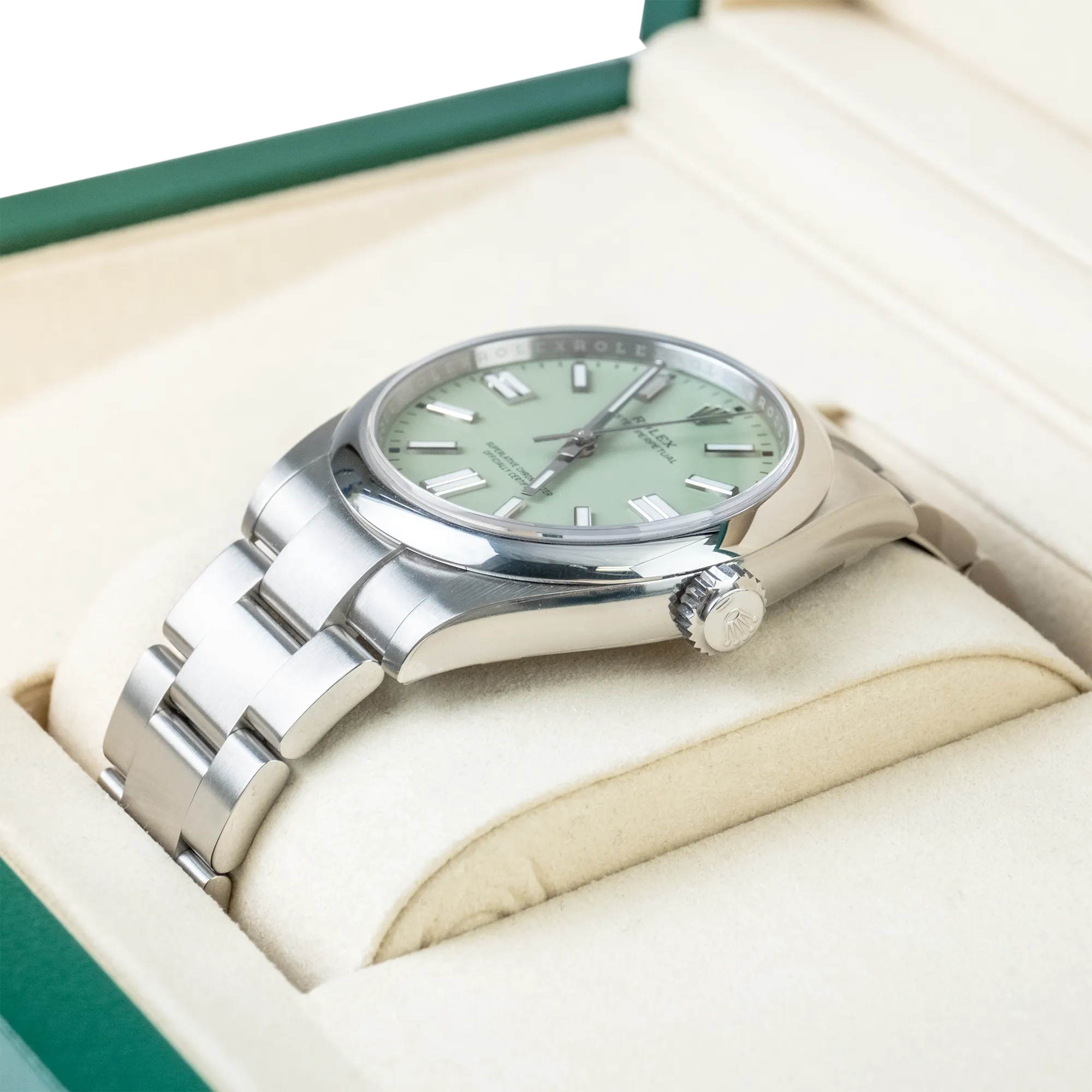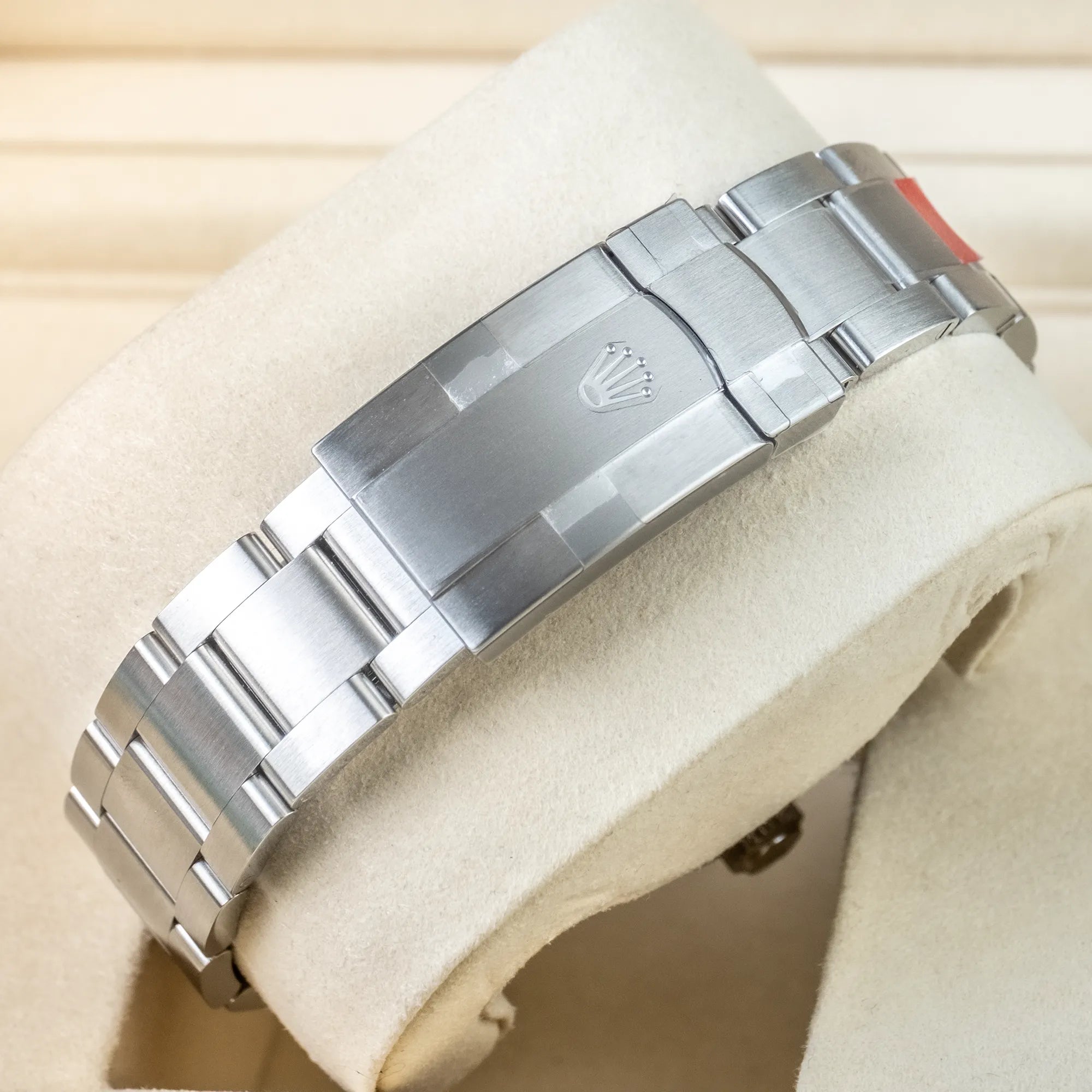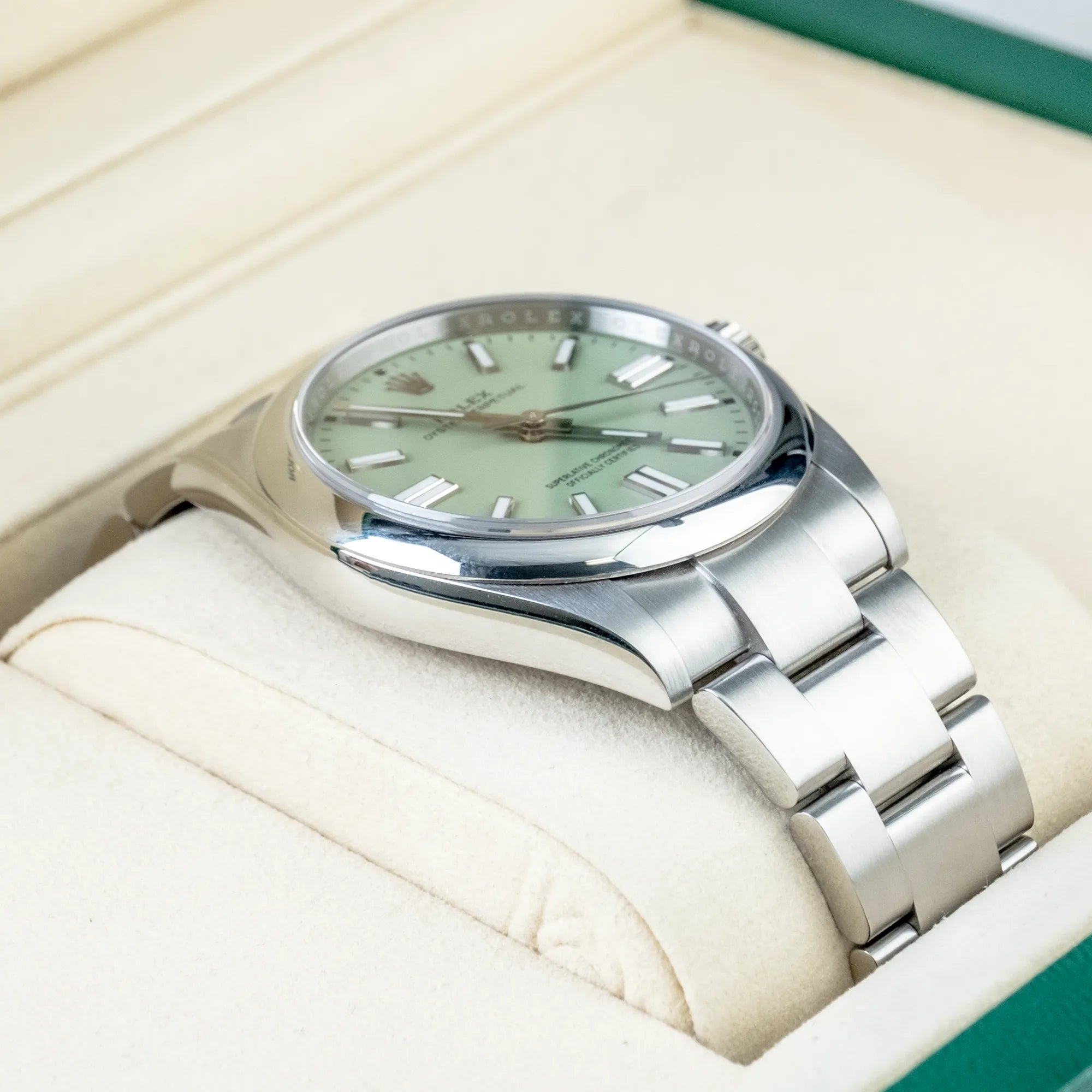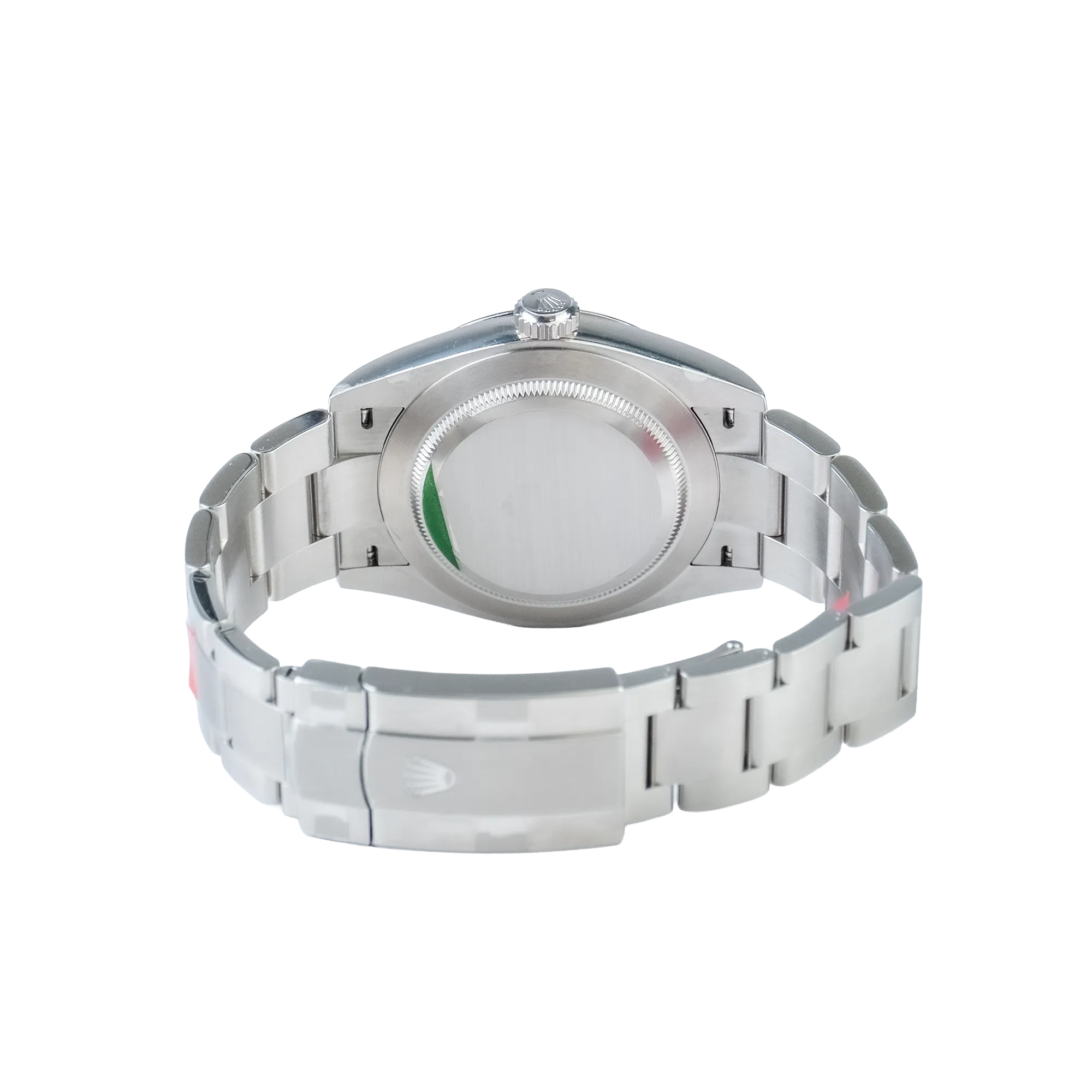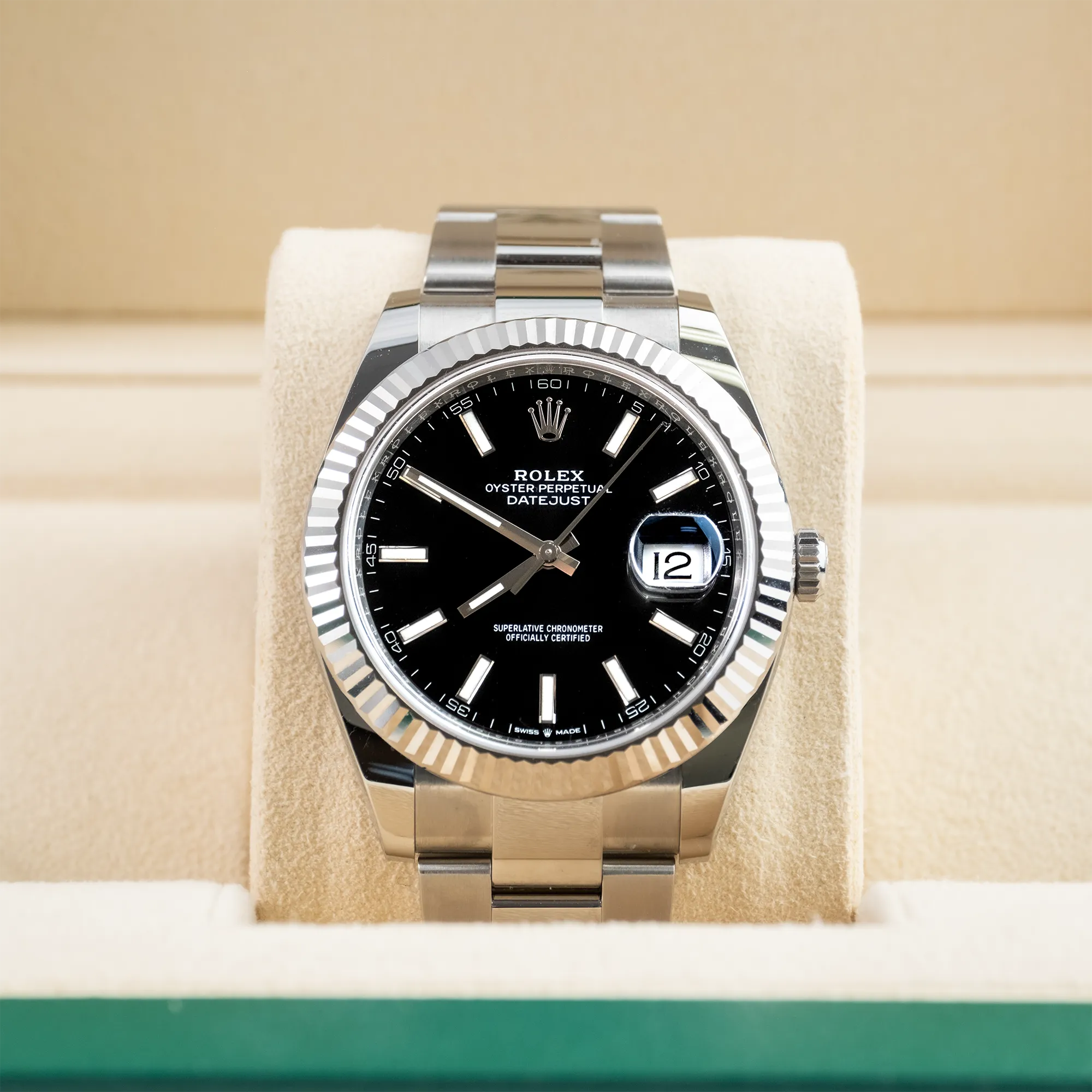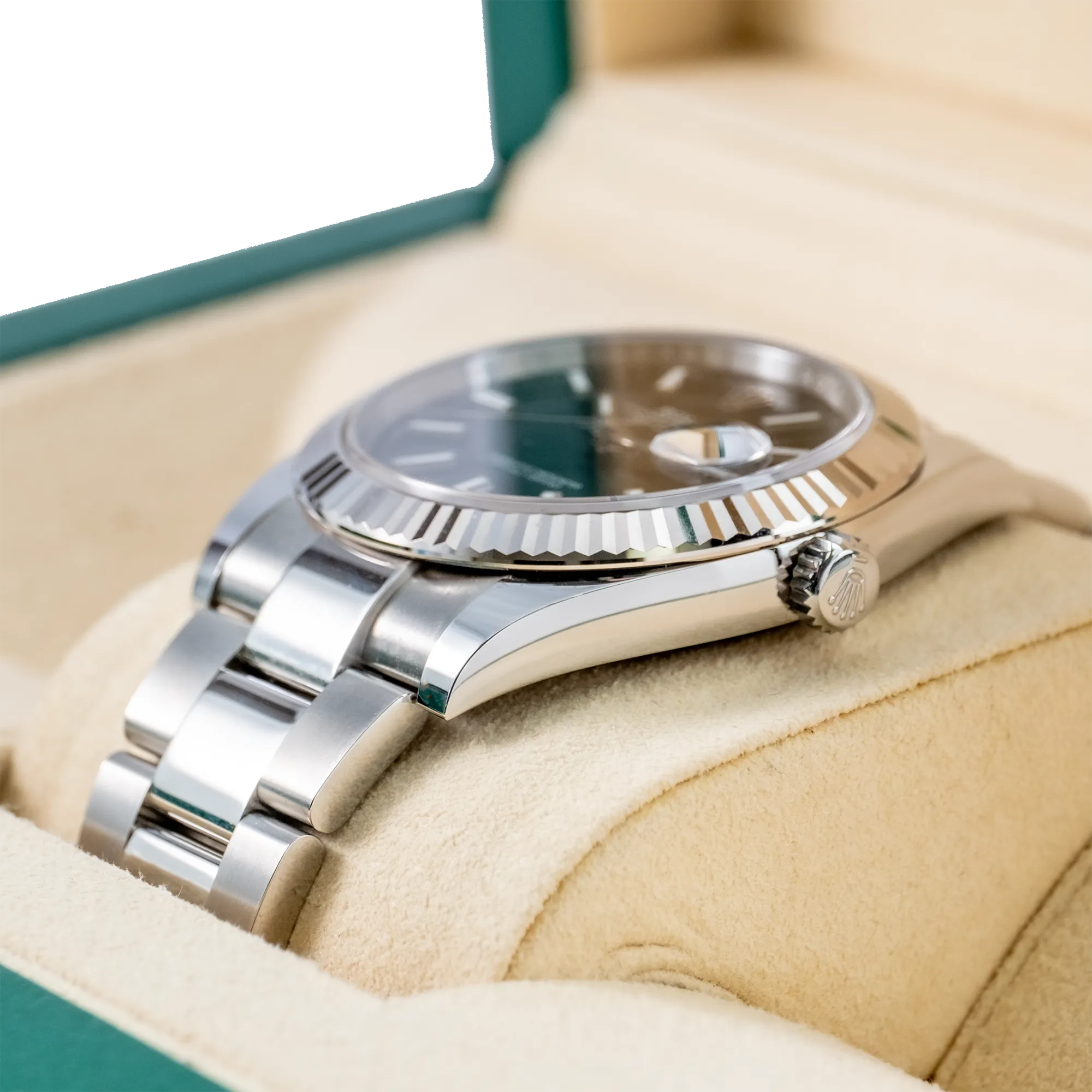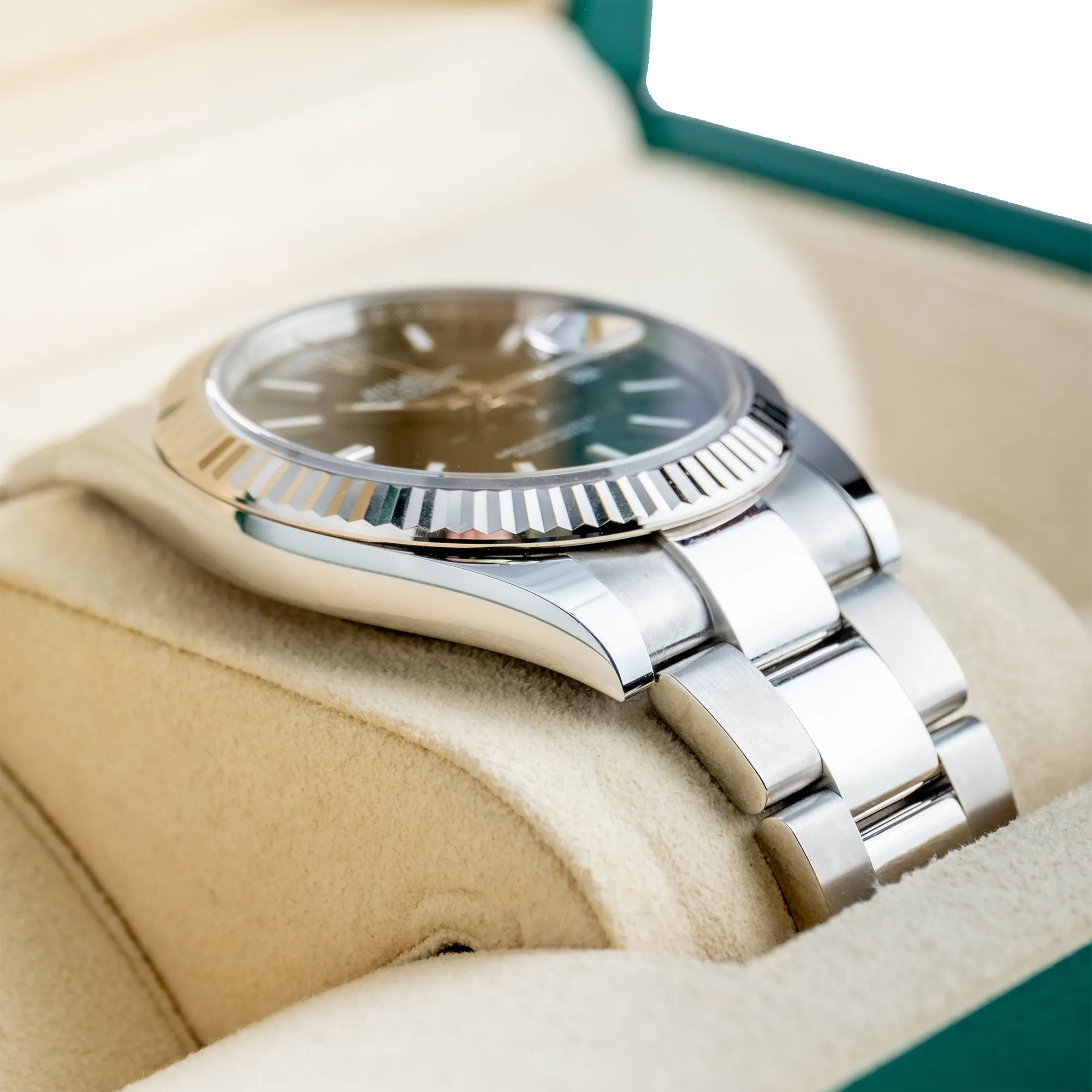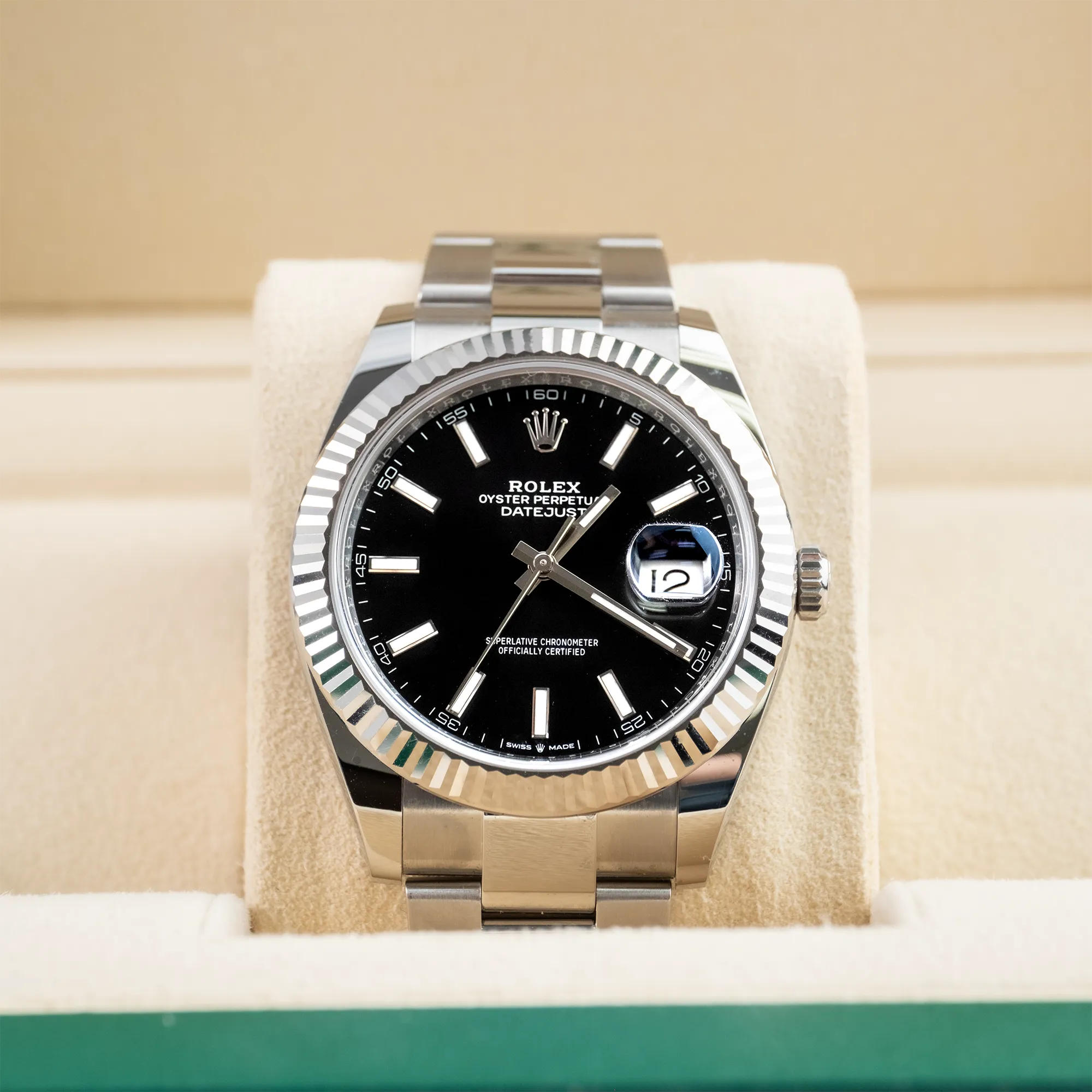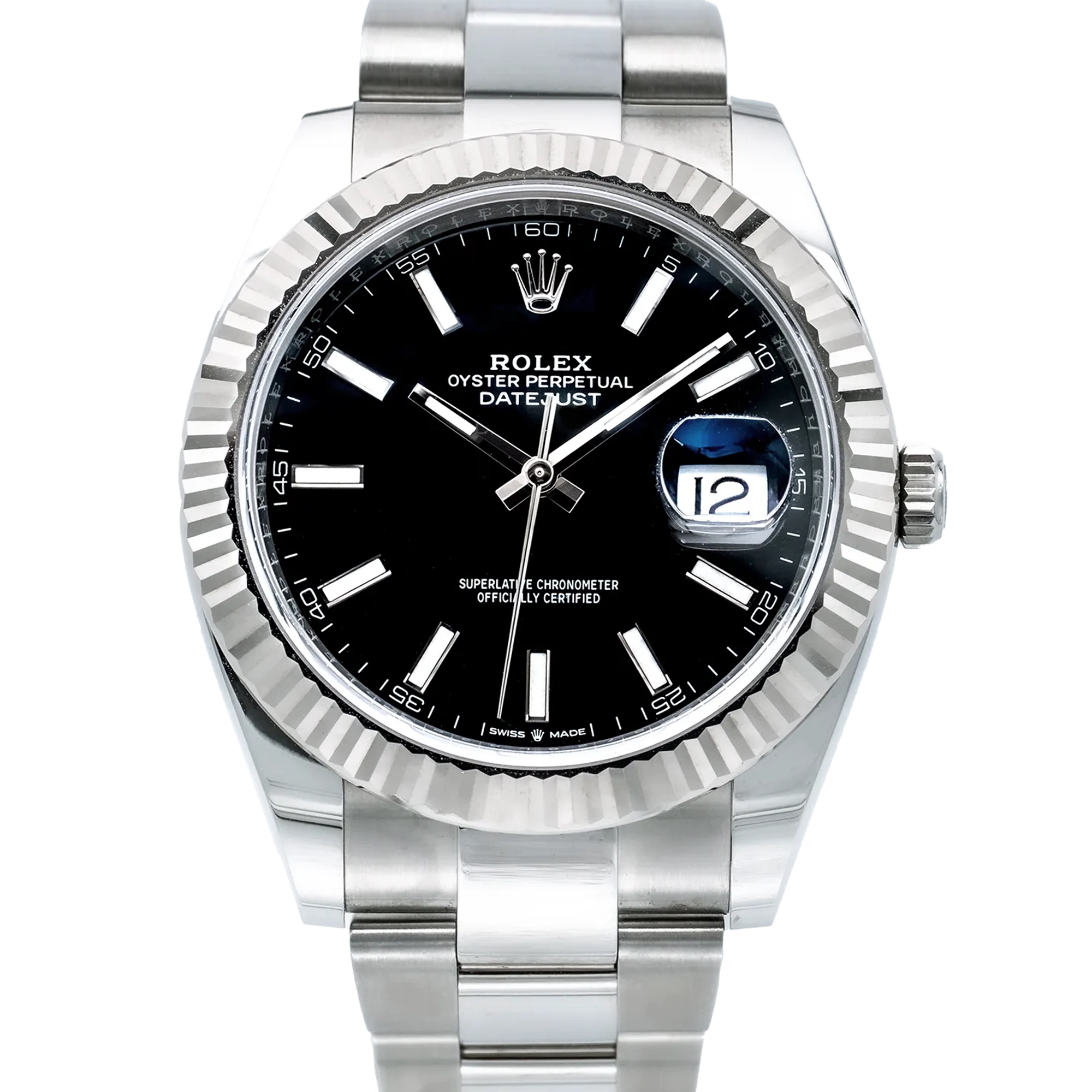A Guide to Rolex Reference Numbers - Decoding the Model Number for 2025

Ever heard a watch expert rattle off a string of numbers like "126503," "134300," or "268622" and wondered what they mean? Those aren't random digits; they're Rolex reference numbers, a crucial code that unlocks the entire story of a watch. Think of it as a detailed fingerprint for a specific model, revealing everything from its family and the materials it's made from to the type of bezel and even the era it was produced. For new and seasoned collectors alike, understanding this system is essential for truly appreciating and authenticating a Rolex.

(A Rolex reference number can be found between the lugs at the 12 o’clock side of the case)
Five-Digit Era: 1970s - 2000s
The evolution of Rolex reference numbers, from five digits to six, reflects a significant shift in the brand's manufacturing and design. Rolex began transitioning to five-digit reference numbers in the late 1970s, and by the late 1980s, this system was largely in place across the entire catalog. The five-digit era, which lasted until the early 2000s, is often associated with a more "tool watch" aesthetic, featuring designs that were closer to their vintage predecessors, often with aluminum bezel inserts and slimmer case profiles.
Six-Digit Era: 2000s - Now
Starting in the early 2000s, Rolex began to introduce six-digit reference numbers, typically by adding a "1" or "2" to the beginning of the existing five-digit number. This change coincided with a series of modern updates, including the use of solid-end link bracelets, ceramic (Cerachrom) bezels, and "maxi" cases with thicker lugs, which give the watches a more substantial feel and modern luxury appeal. While some six-digit references have since been replaced with newer models, the six-digit system remains the standard for all new Rolex watches produced today.
Rolex Model Reference Number Chart
| Model Family |
Reference Number Scheme |
| Submariner |
Date: 11661x, 12661x No Date: 1140xx, 1240xx |
| GMT-Master II | 1167xx, 1267xx |
| Daytona | 1165xx, 1265xx |
| Sea-Dweller | 11660x, 12660x |
| Deep Sea | 116660, 126660, 136660 |
| Sky-Dweller | 32693x, 32623x. 33693x, 33623x(Oysterflex) |
| Land-Dweller |
36mm: 1272xx 40mm: 1273xx |
| Yacht-Master |
29mm: 1696xx 31mm: 1686xx 37mm: 2686xx 40mm: 11662x, 12662x, 11665x 12665x 42mm: 22665x |
| Yacht-Master II |
11668x |
| Explorer |
36mm: 11427x, 12427x 40mm: 214270, 224270 |
| Explorer II |
216570, 226570 |
| Air-King |
114200, 116900, 126900 |
| Day-Date |
36mm: 118xxx, 128xxx 40mm: 228xxx |
| Datejust |
31mm: 1782xx, 2782xx 36mm: 1162xx, 1262xx 41mm: 1163xx, 1263xx |
| Oyster Perpetual |
26mm: 1762xx 28mm: 2762xx 31mm: 2772xx, 1772xx 34mm: 1242xx, 36mm: 1260xx, 1160xx 39mm: 1143xx 41mm: 1243xx, 1343xx |
| Milgauss |
1164xx |
In general, the length of the Rolex reference number indicates the following time periods:
- 4-Digit Reference numbers: Vintage Rolex watch produced prior to the late 1970s
- 5-Digit Reference numbers: Discontinued Rolex watch produced anywhere from the late 1970s until early 2000s
- 6-Digit Reference: Modern Rolex watch produced anywhere from the 2000s to the present

